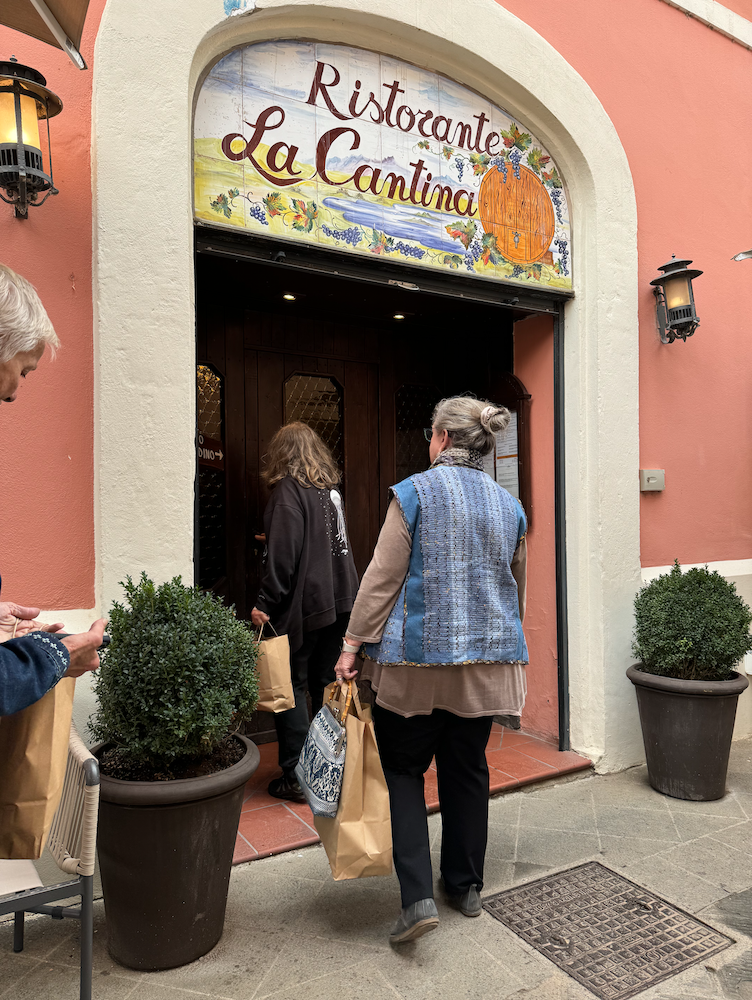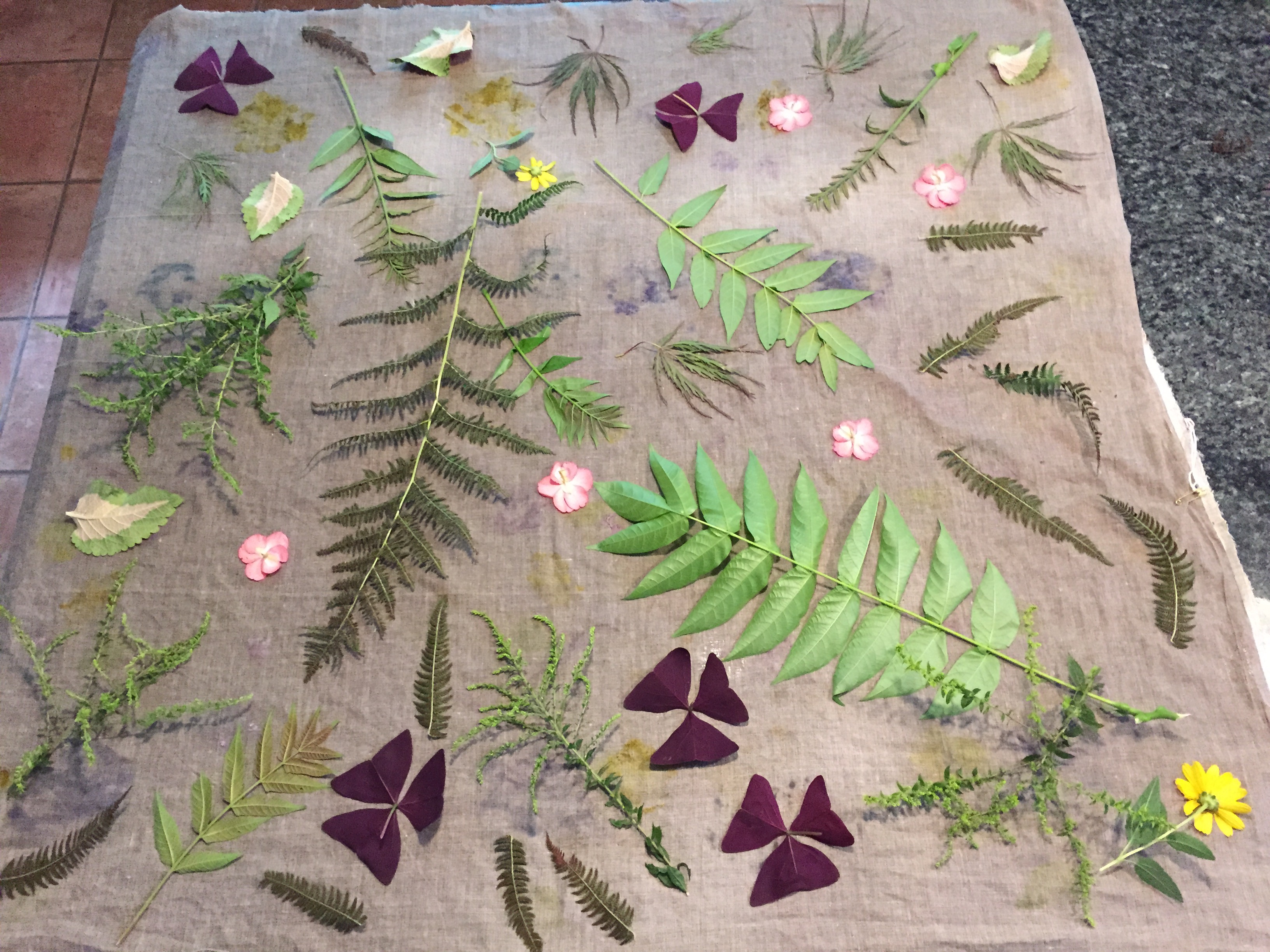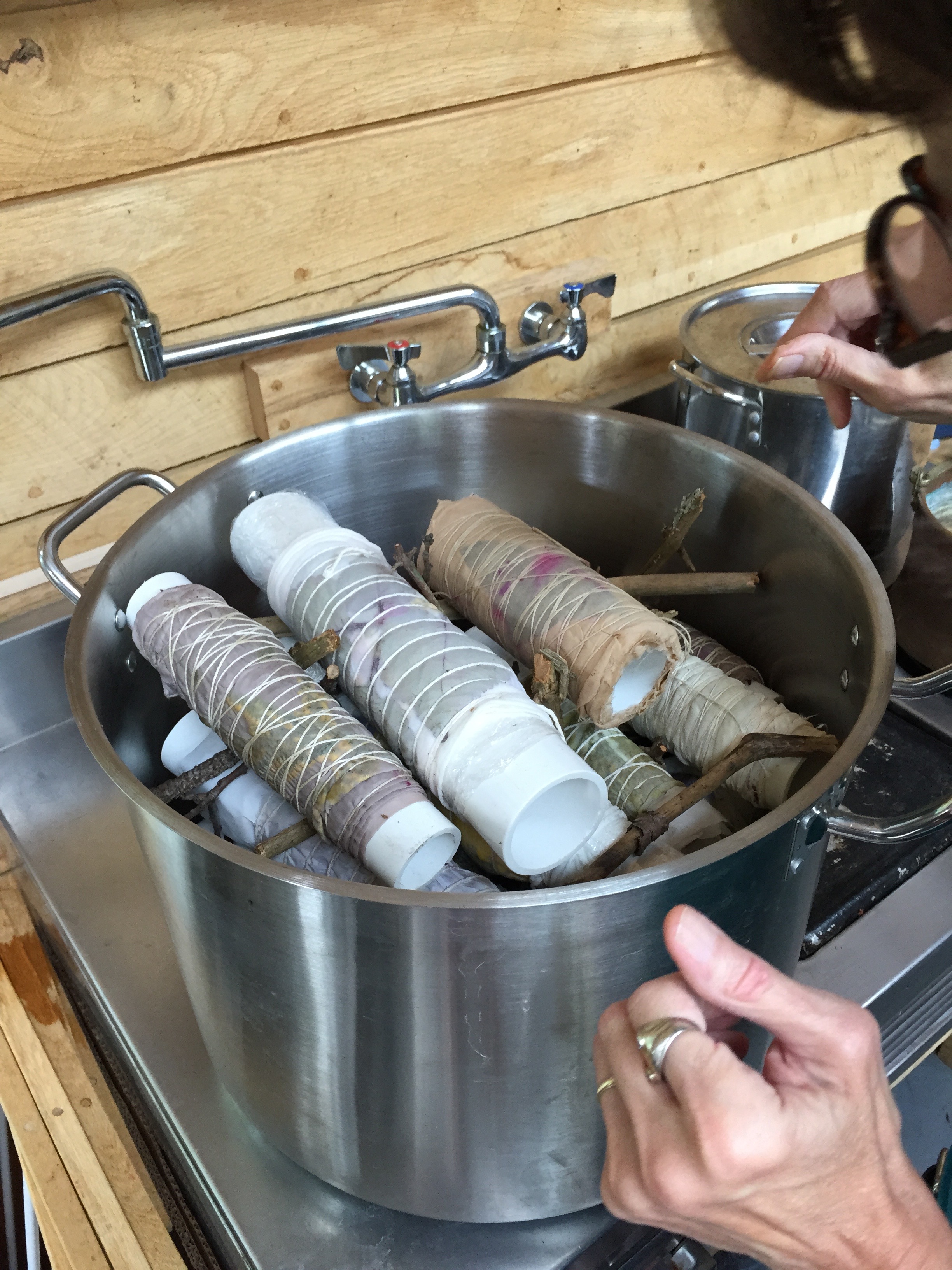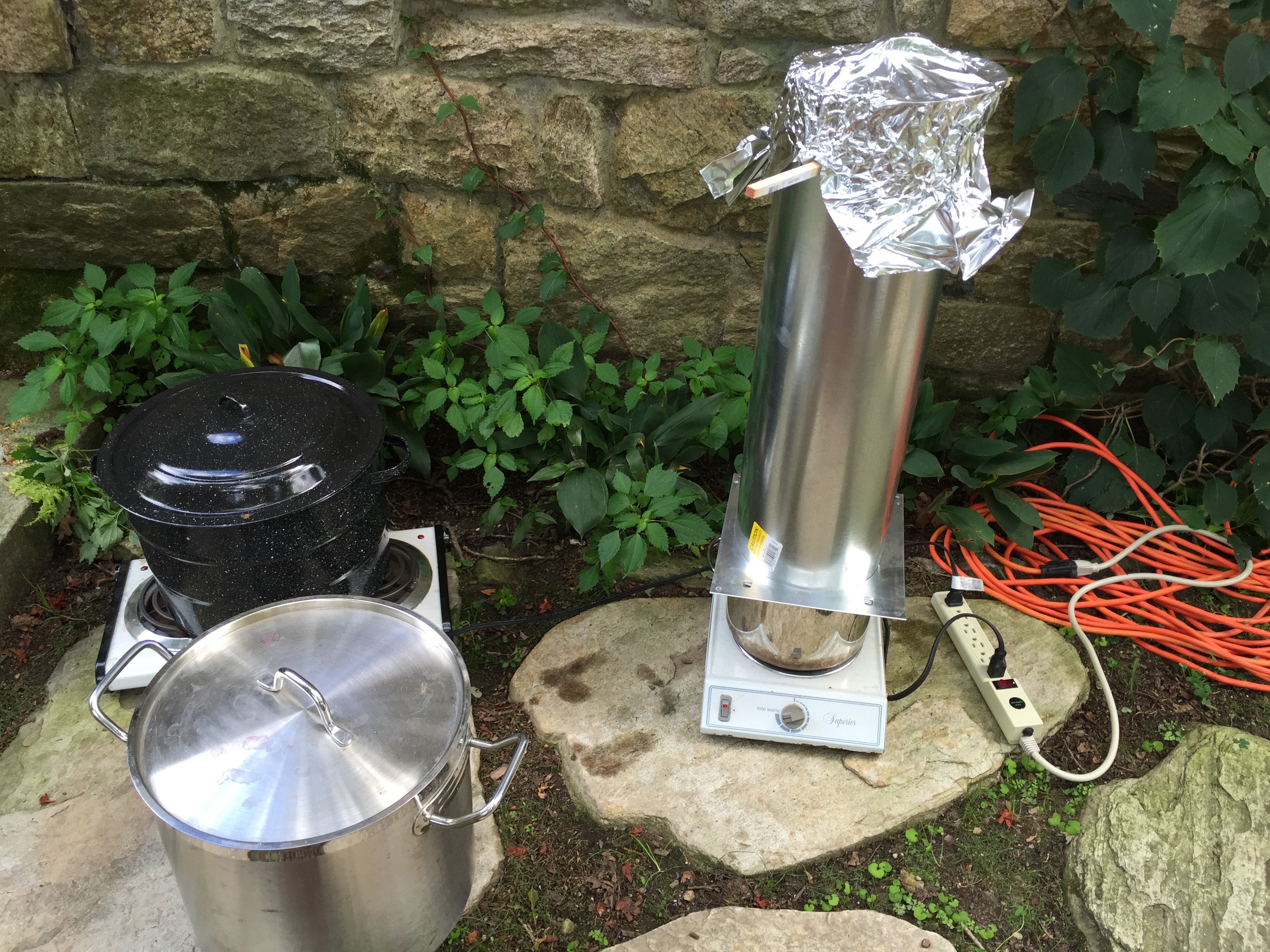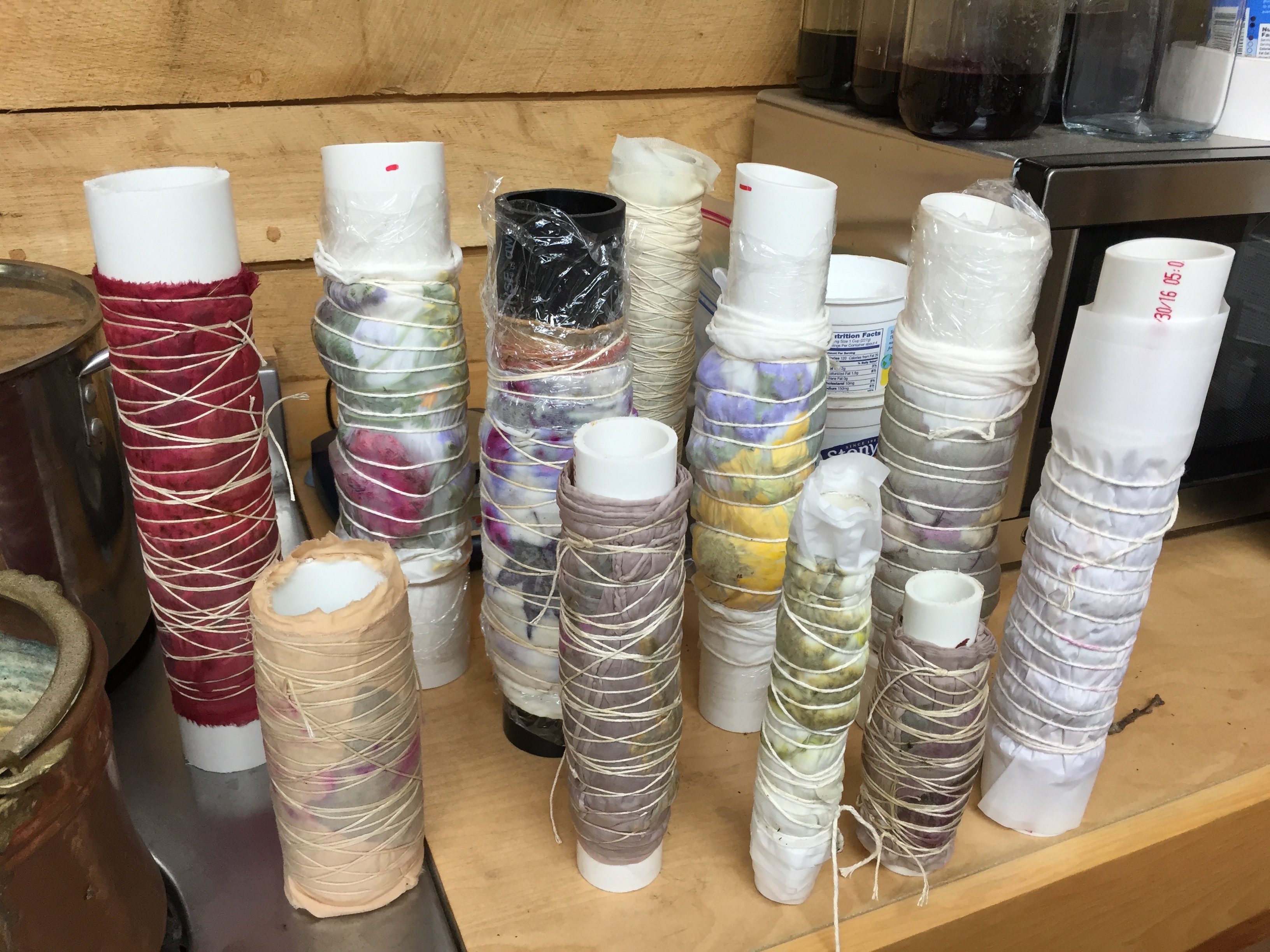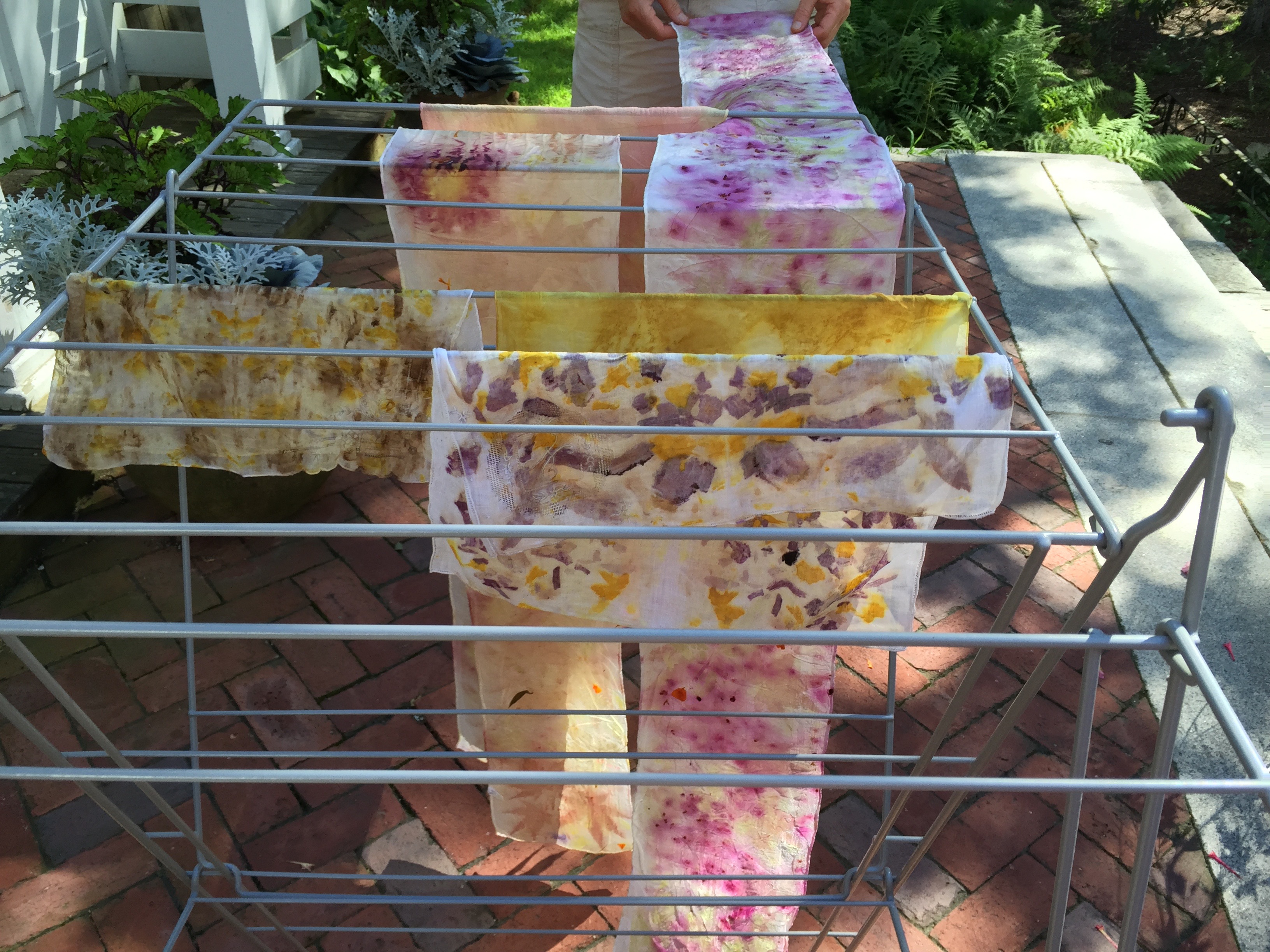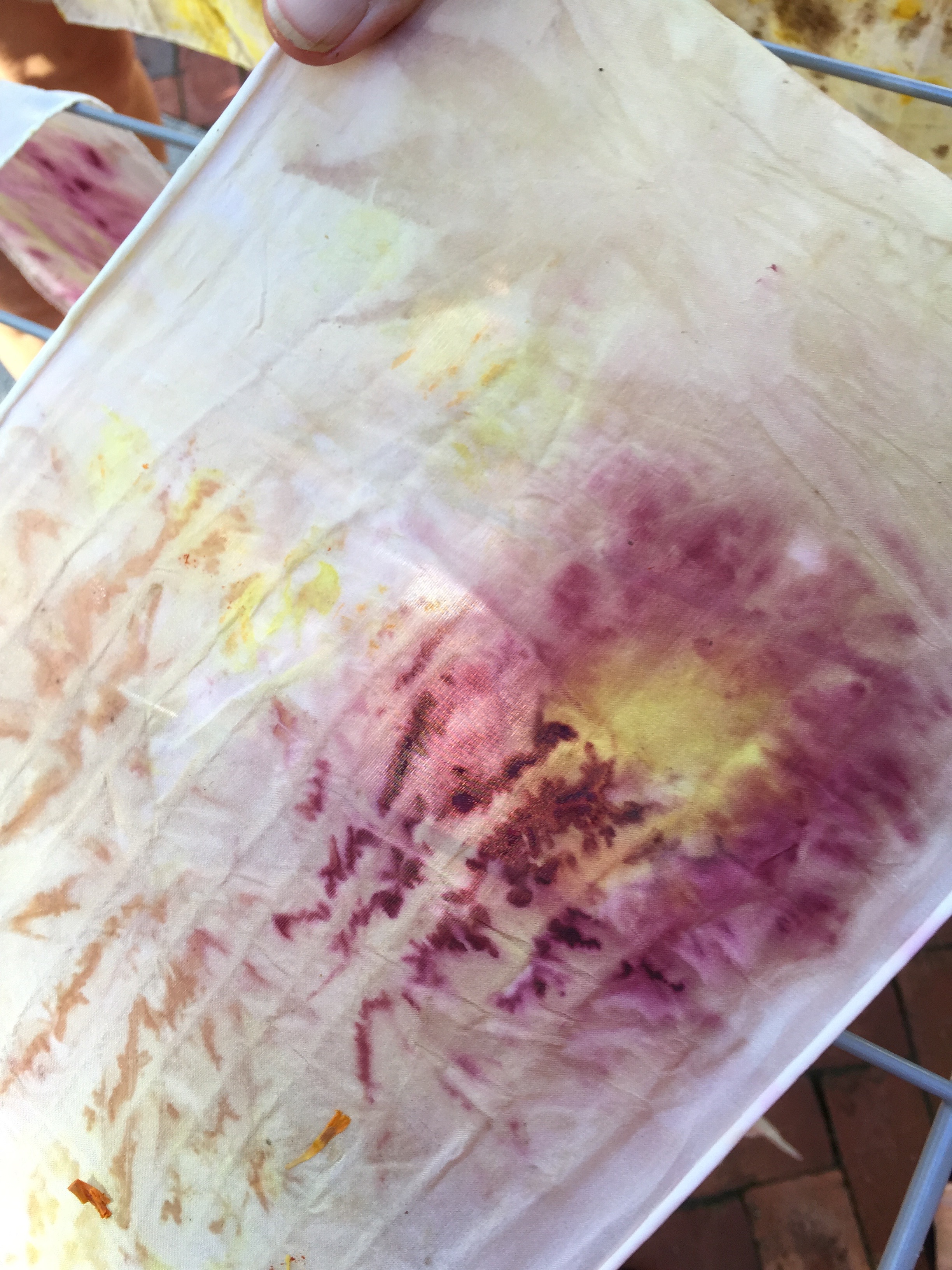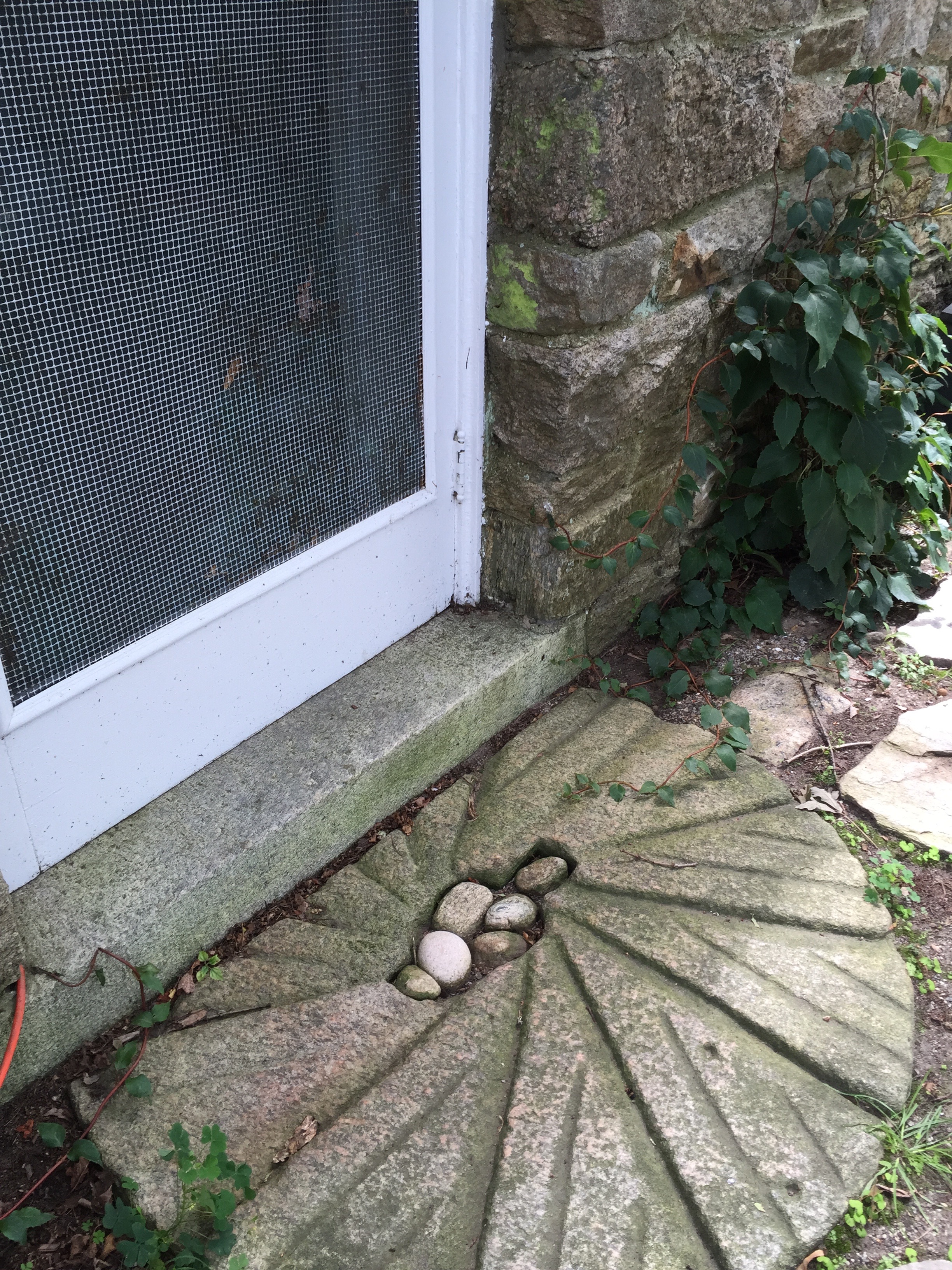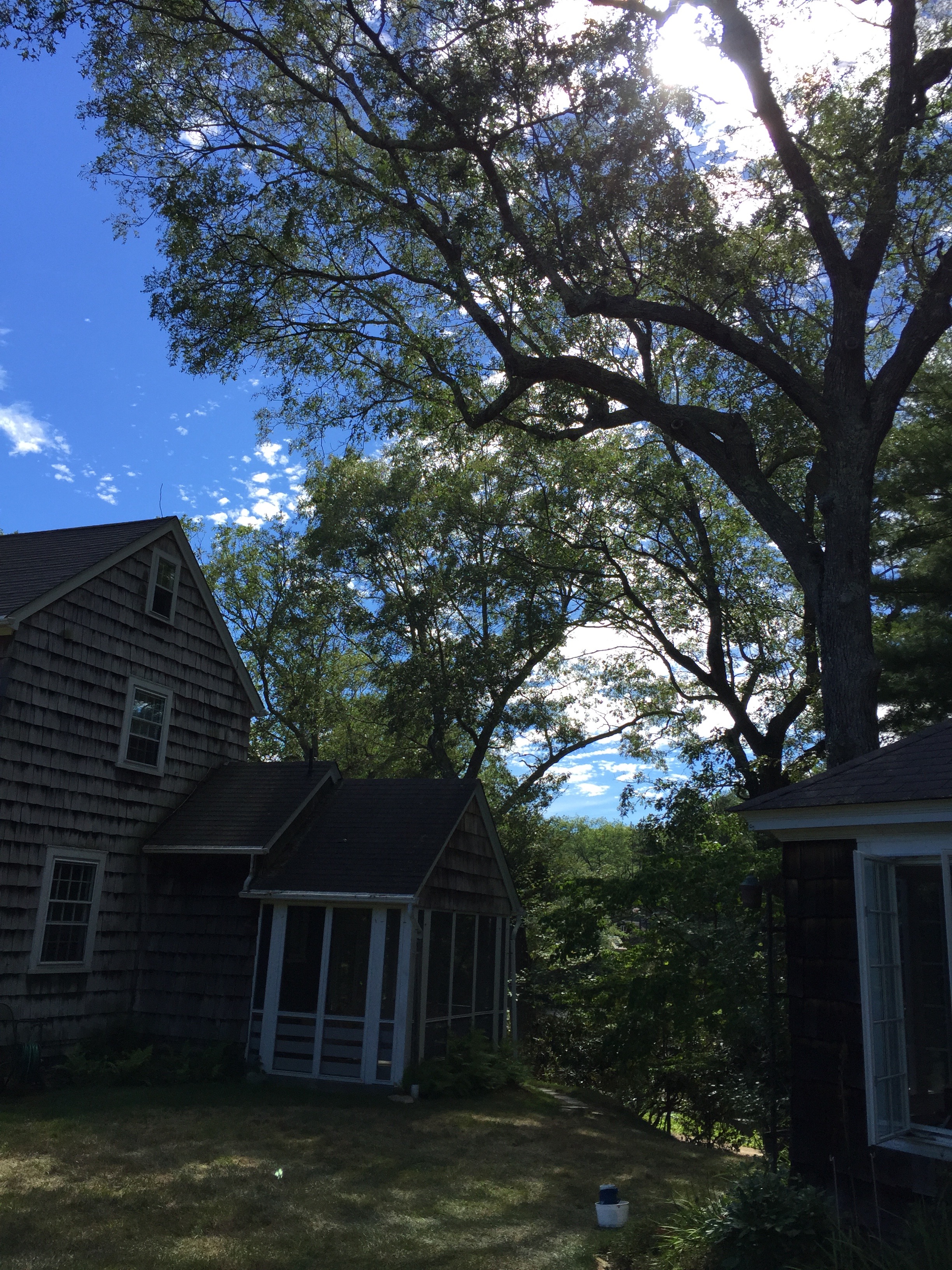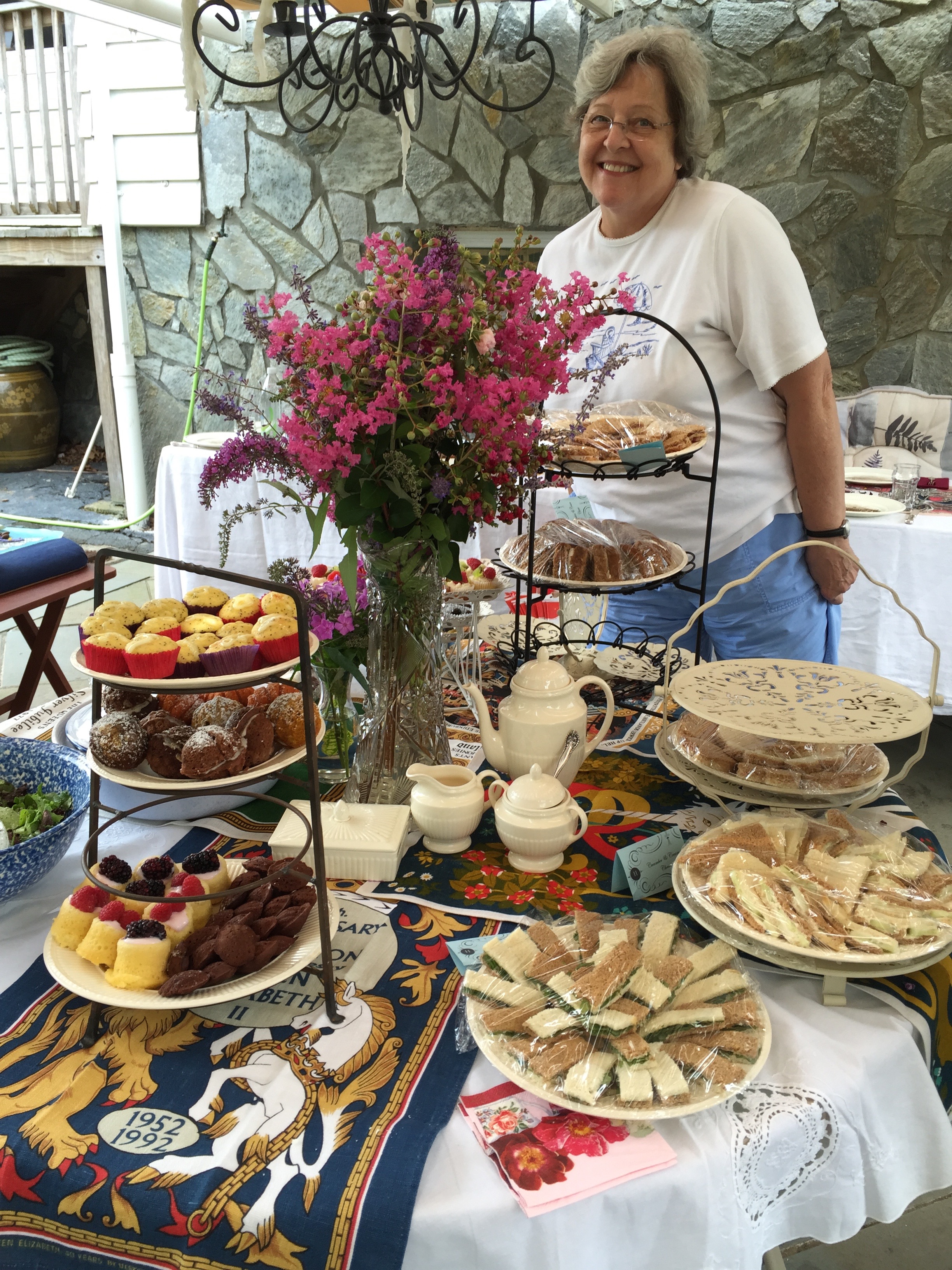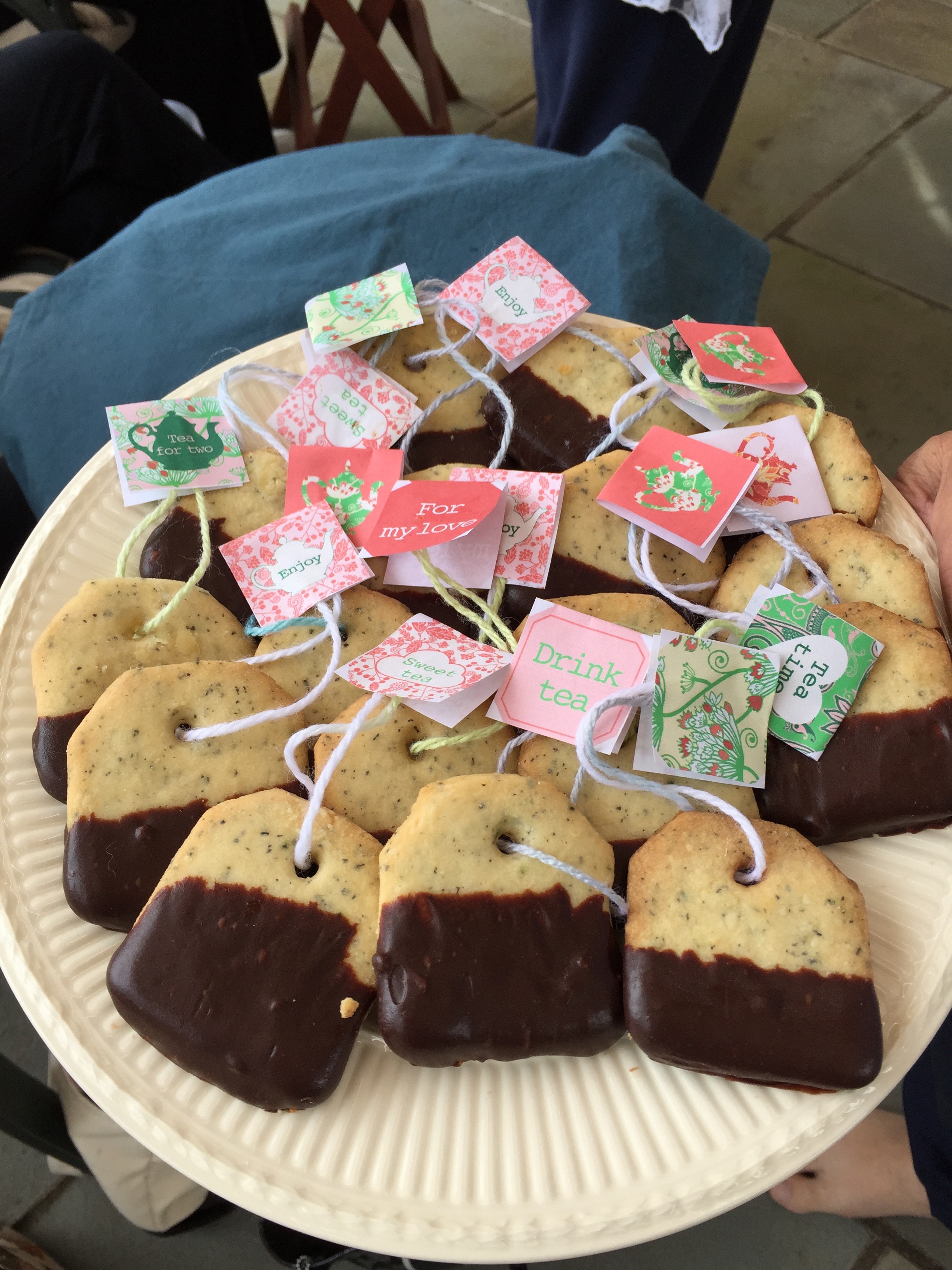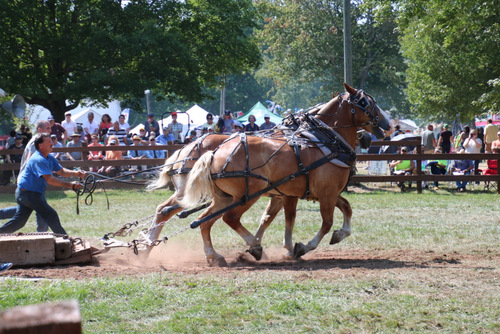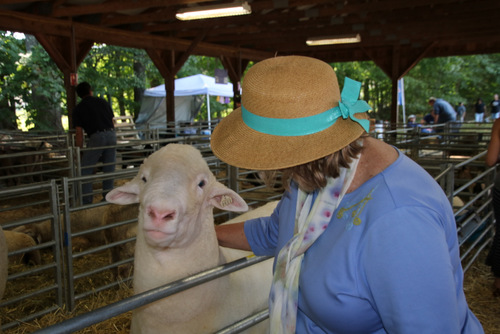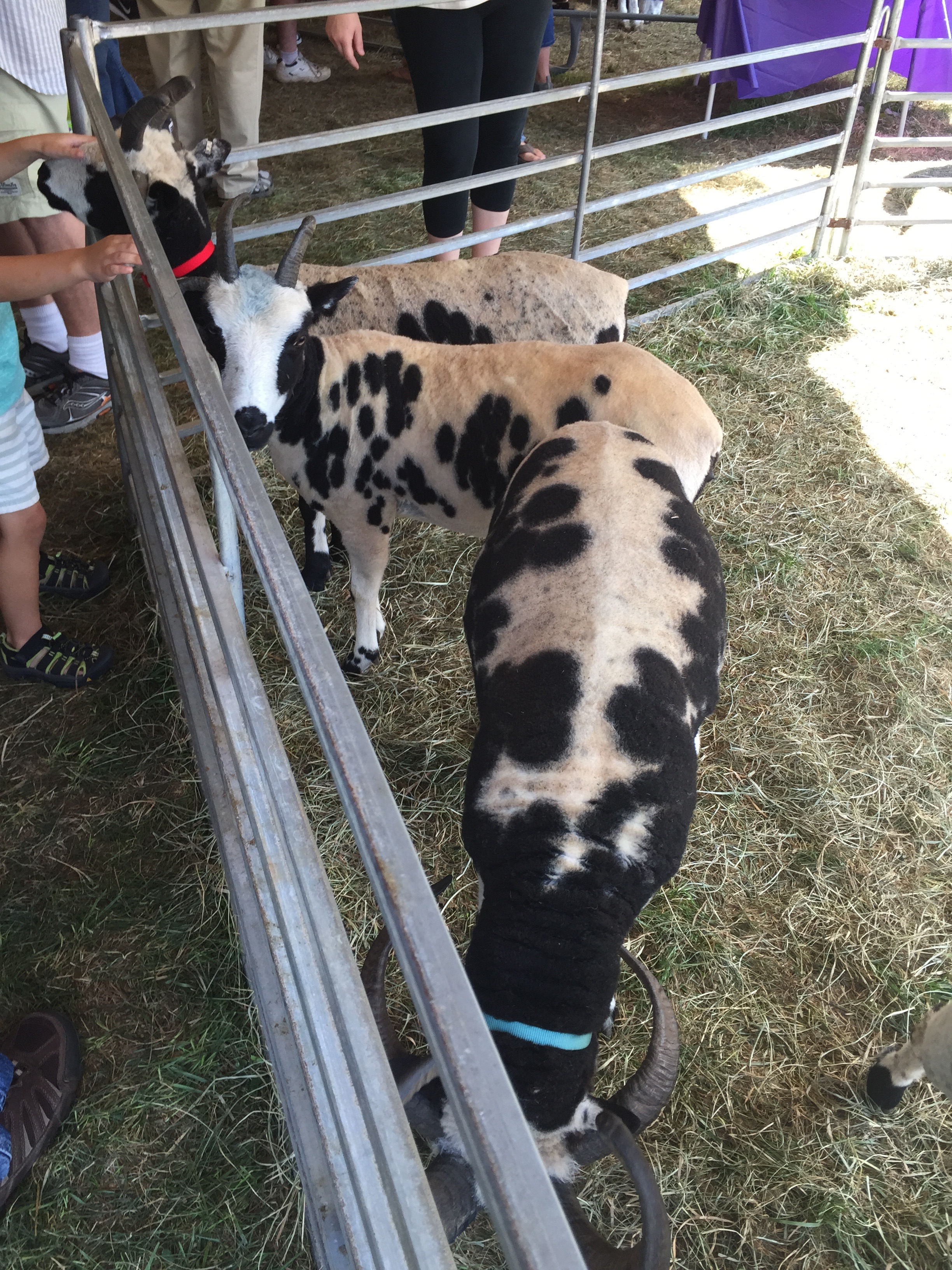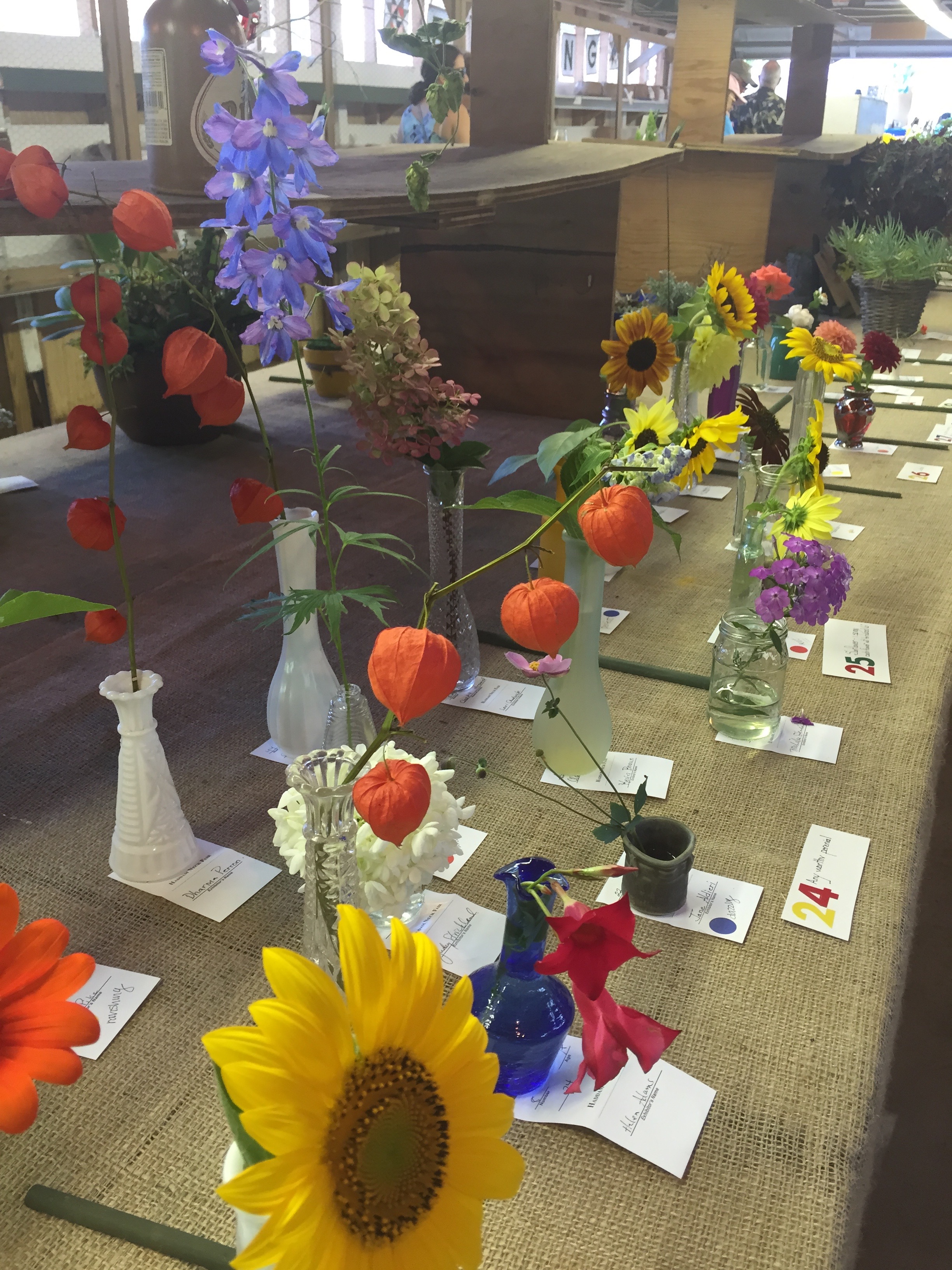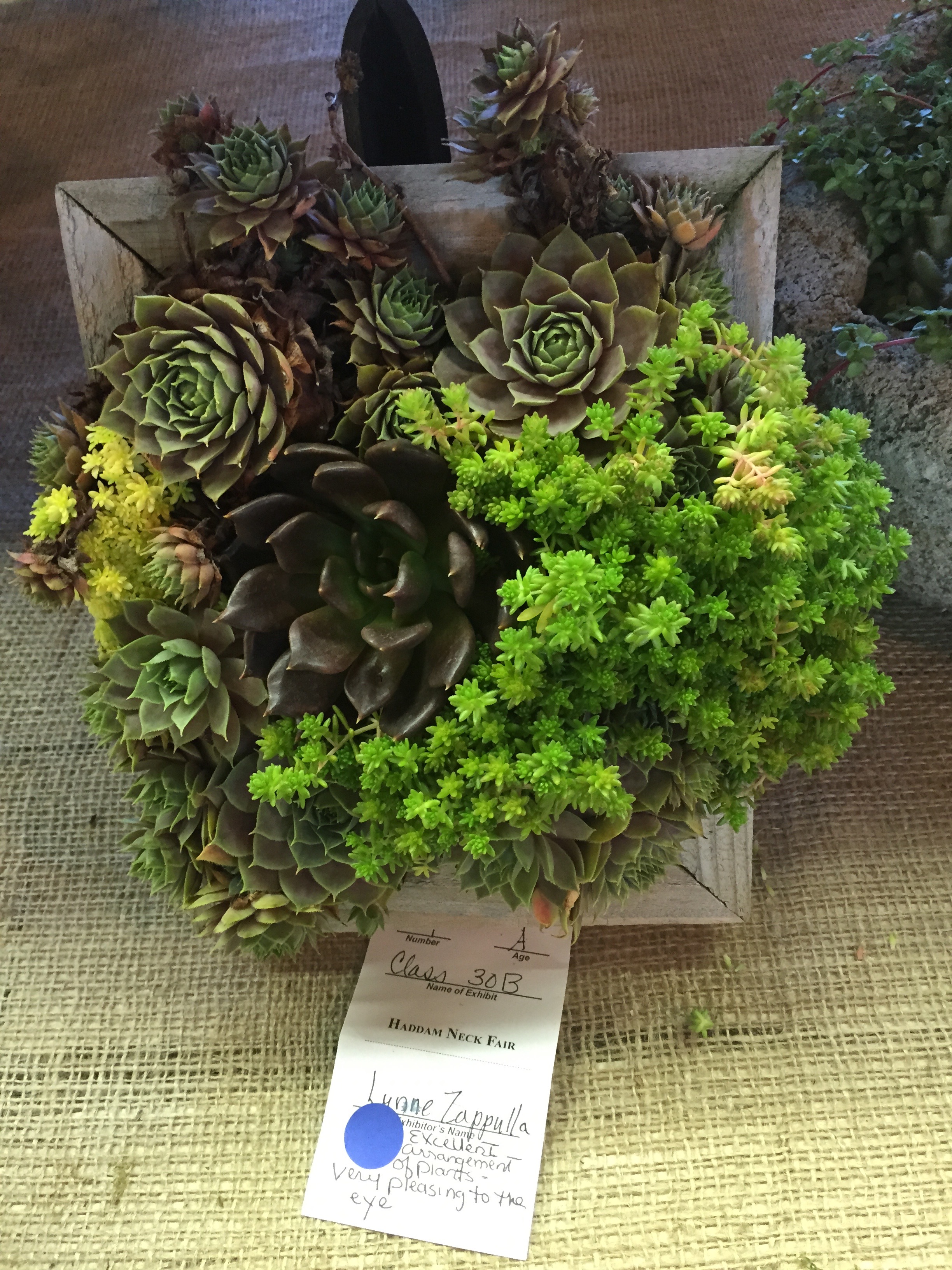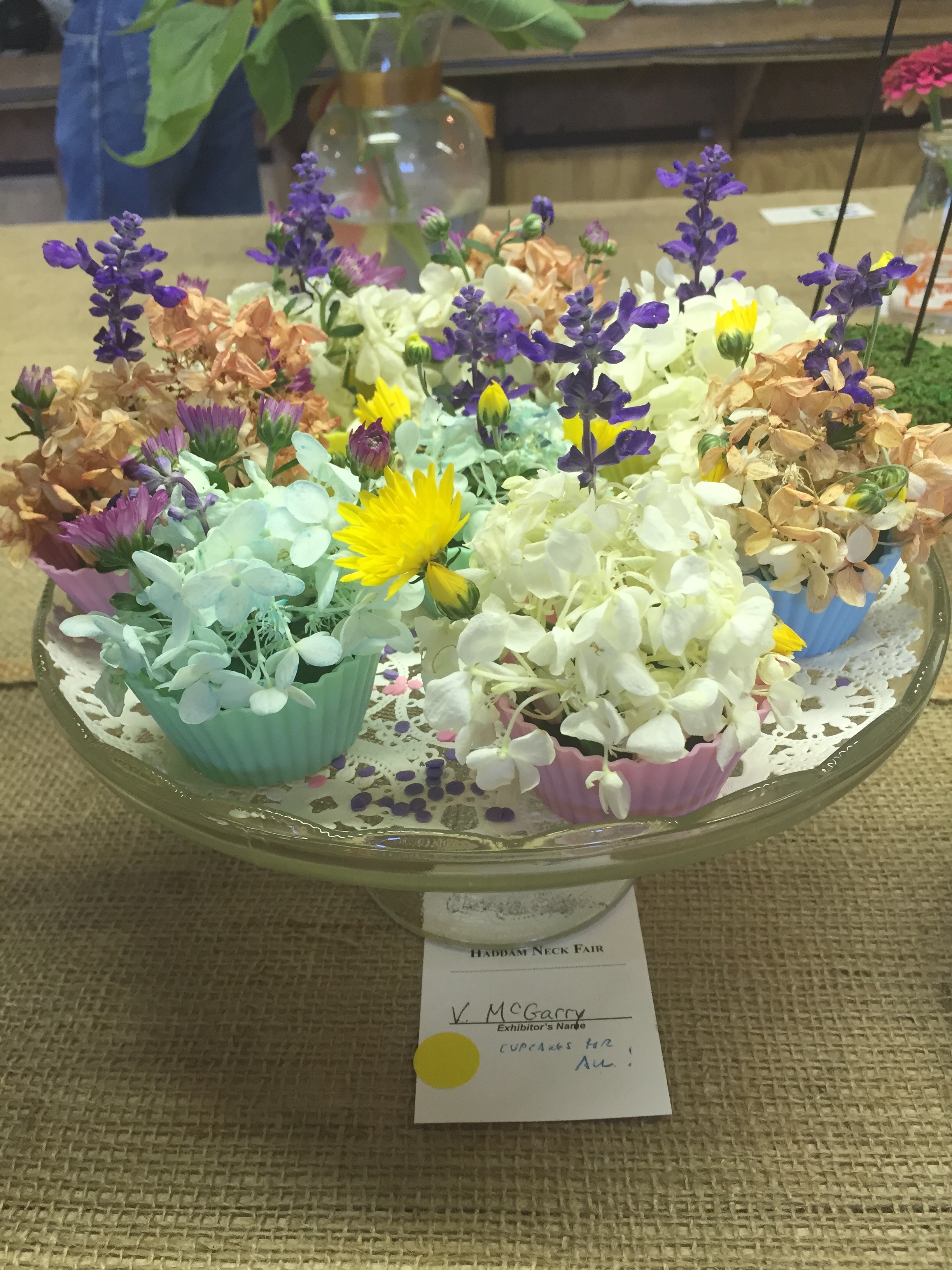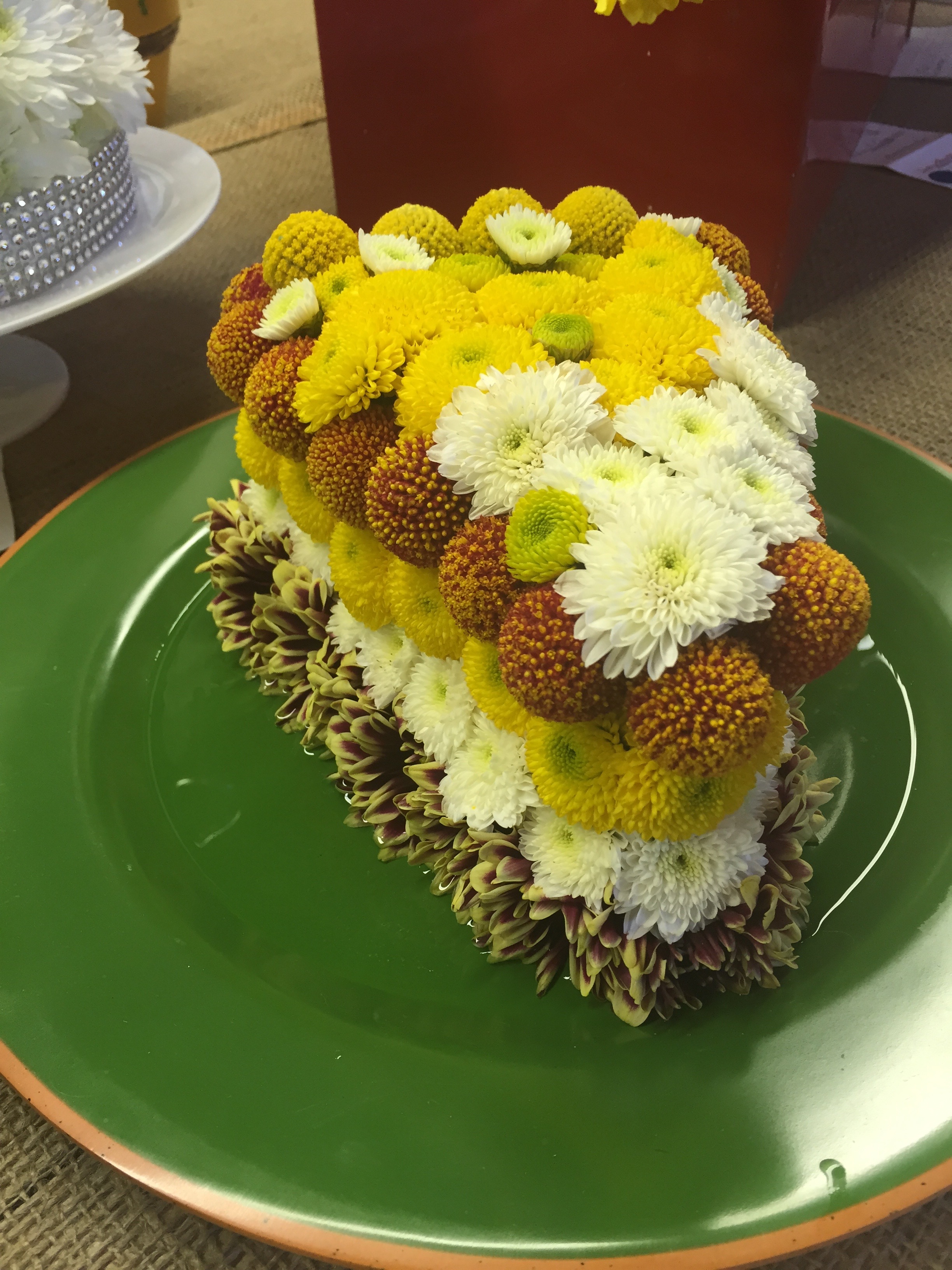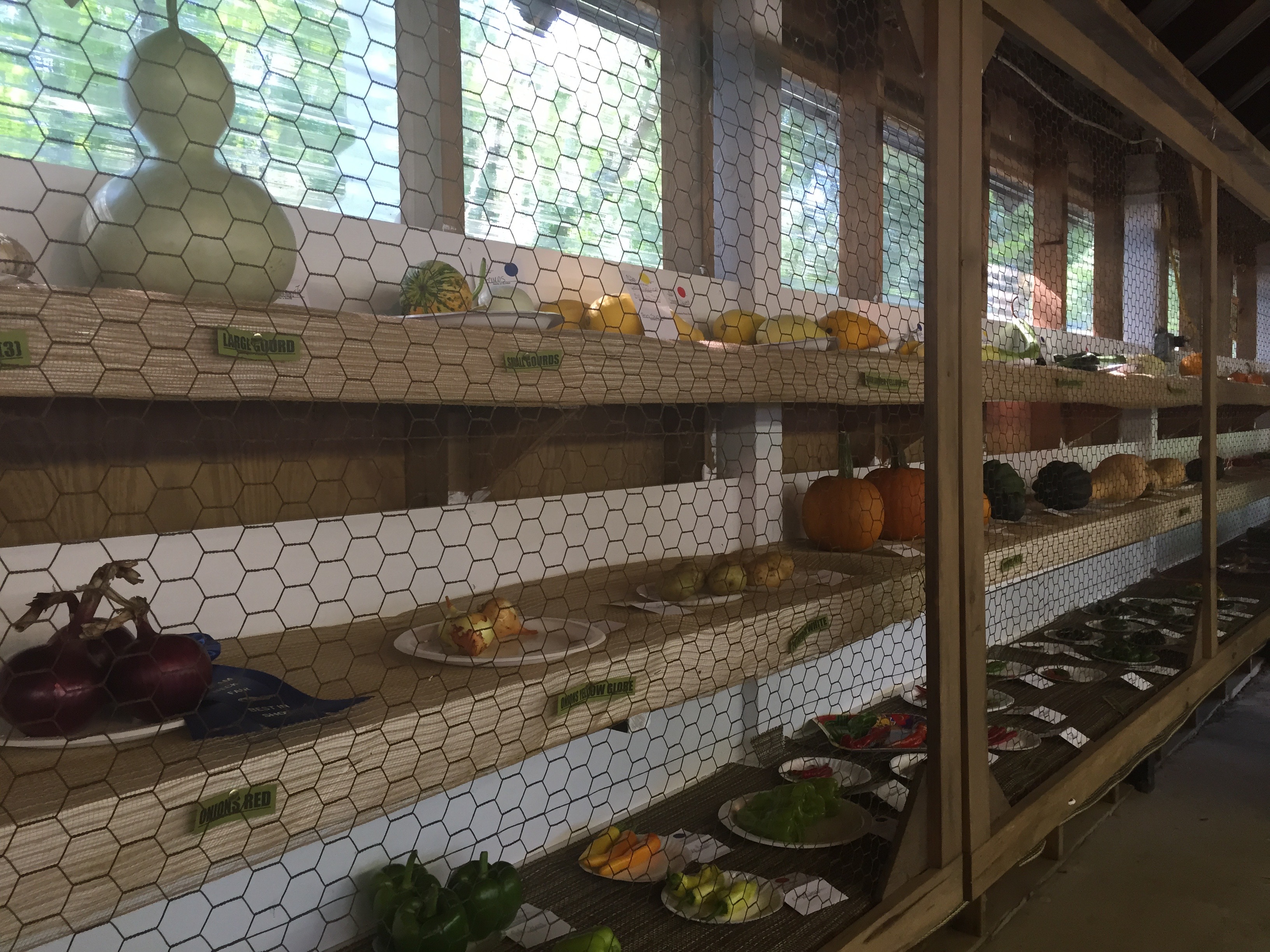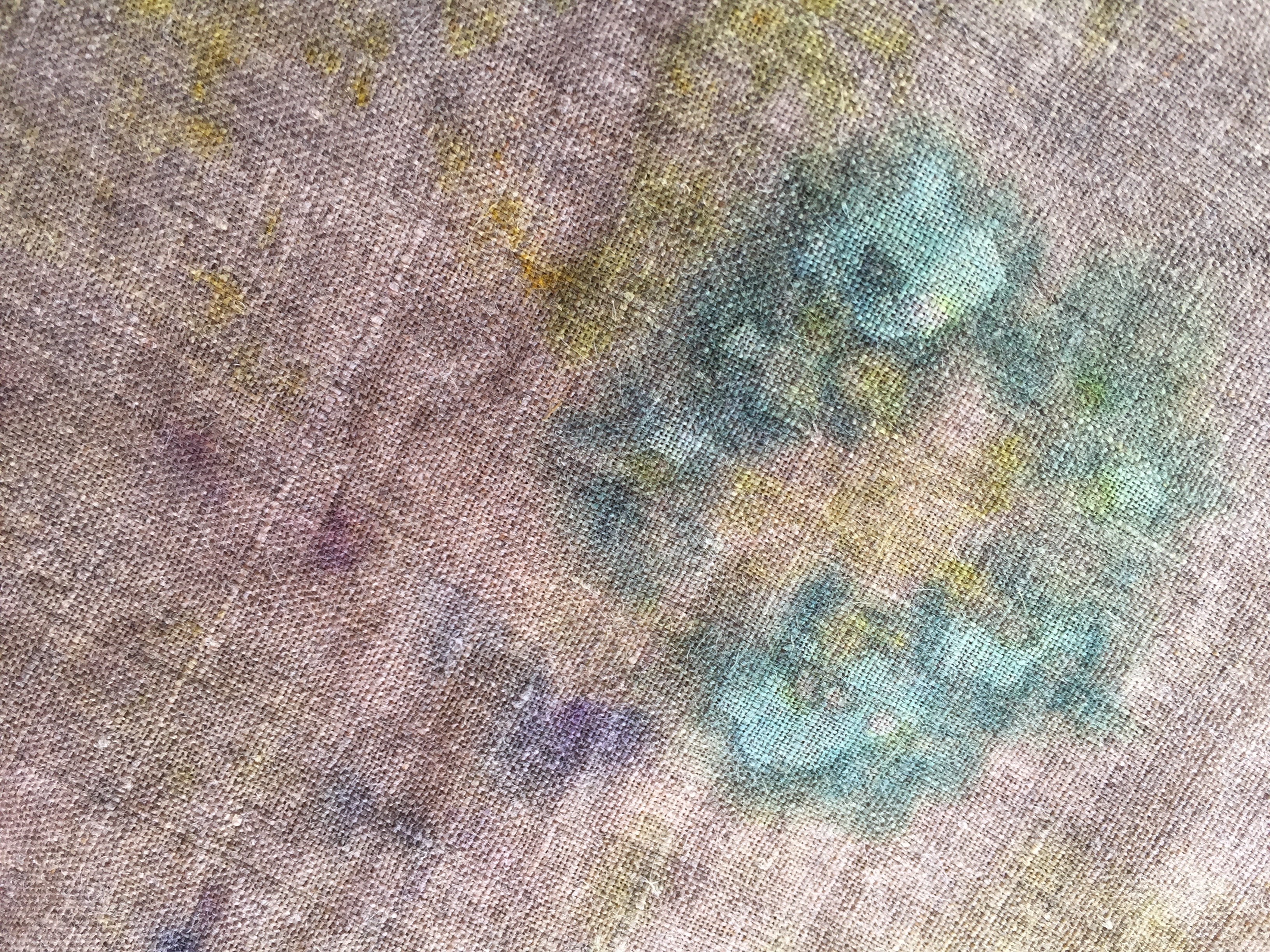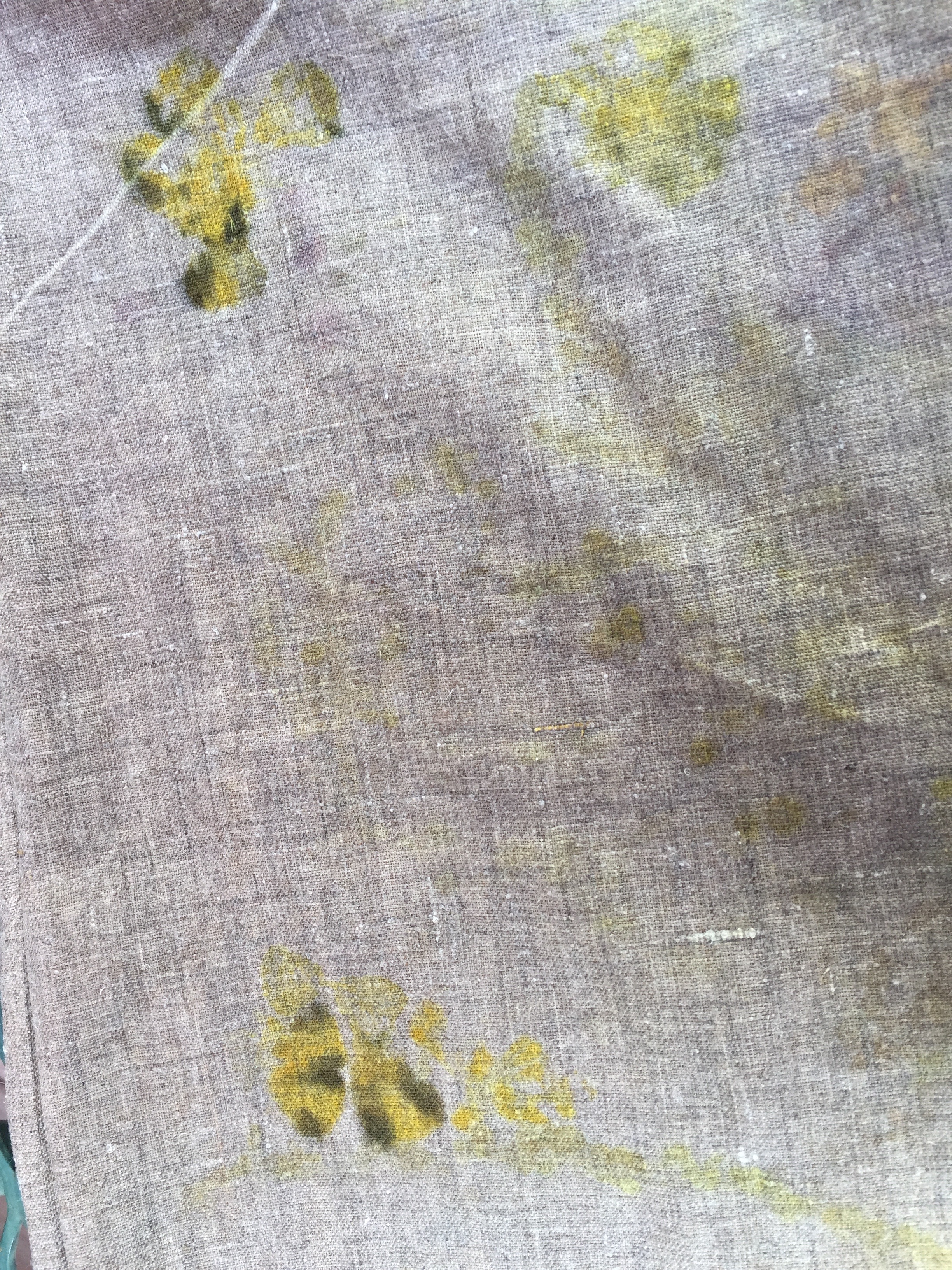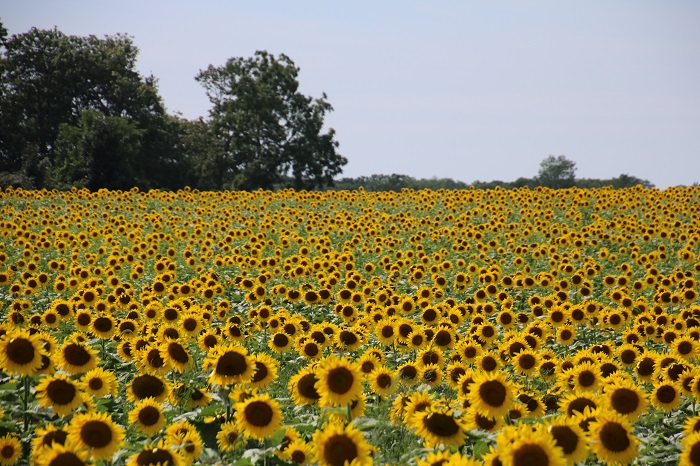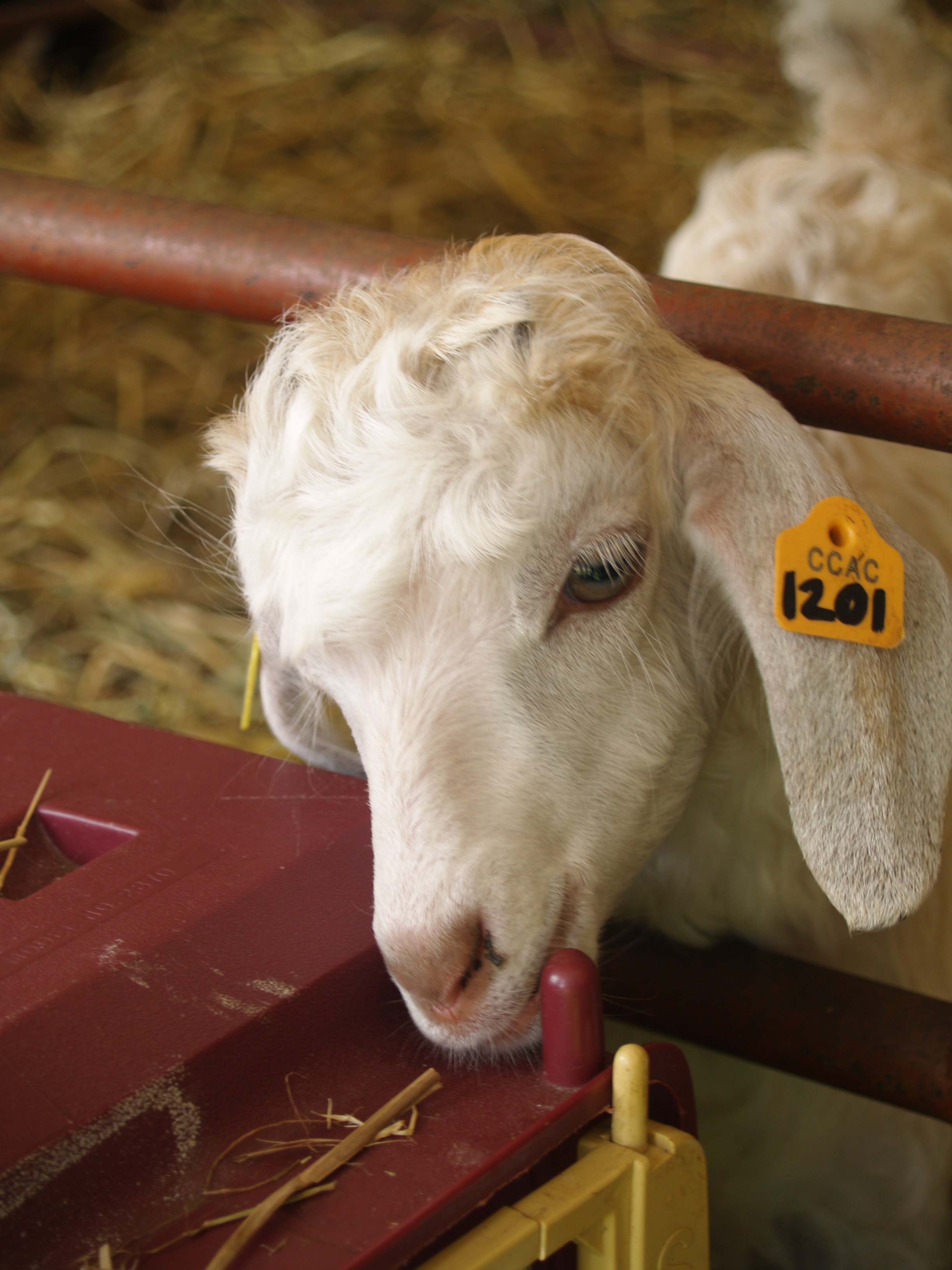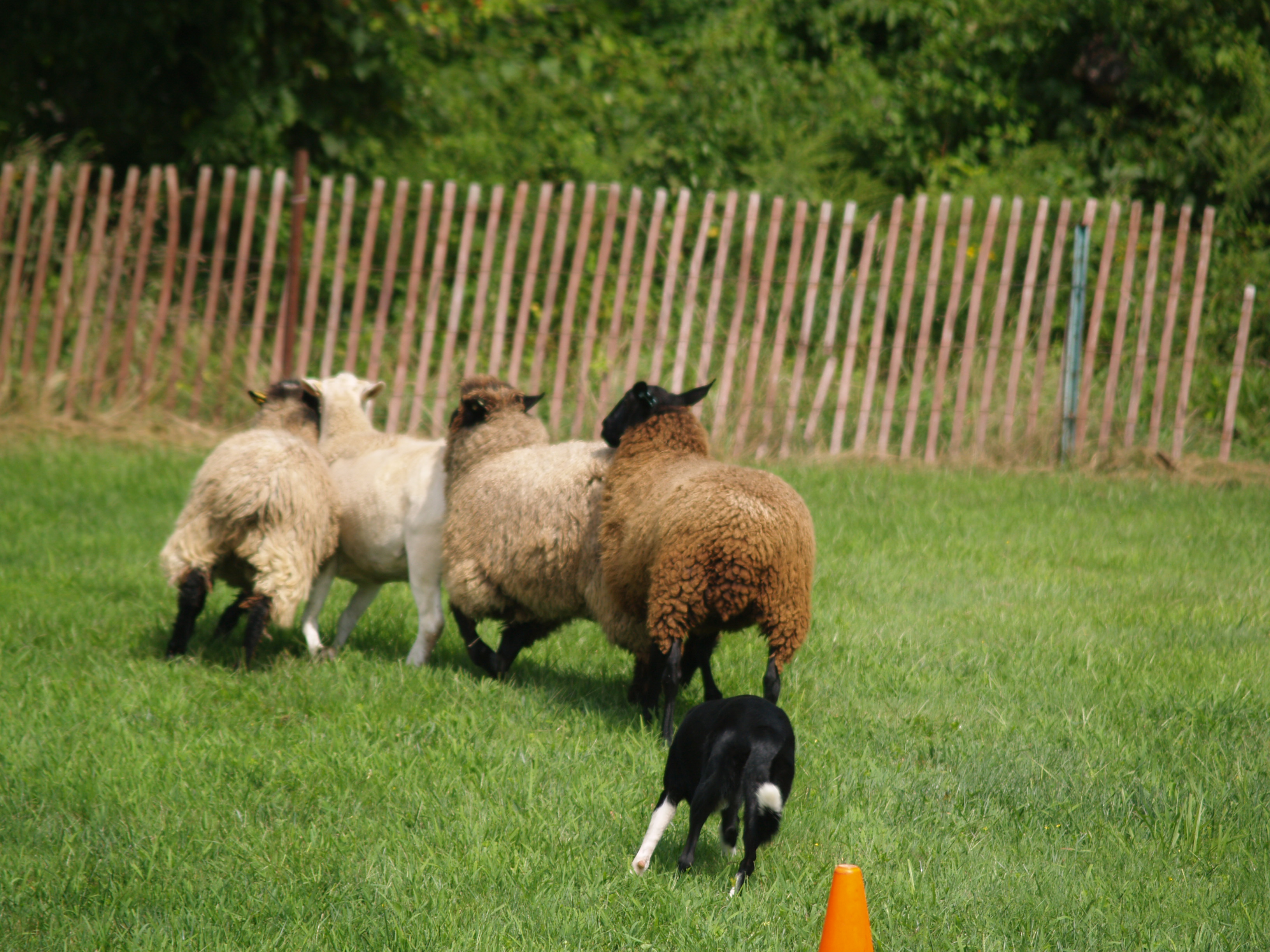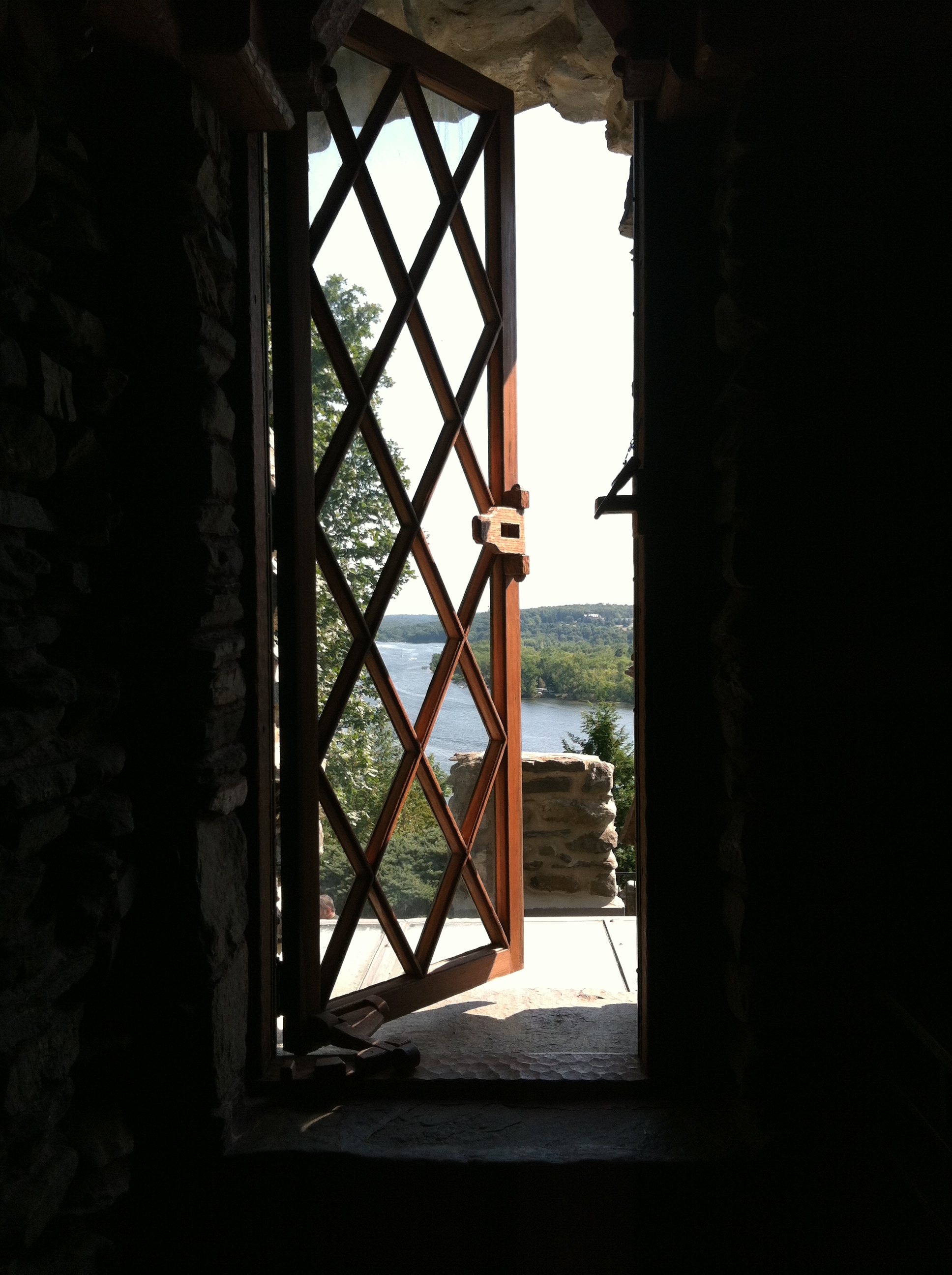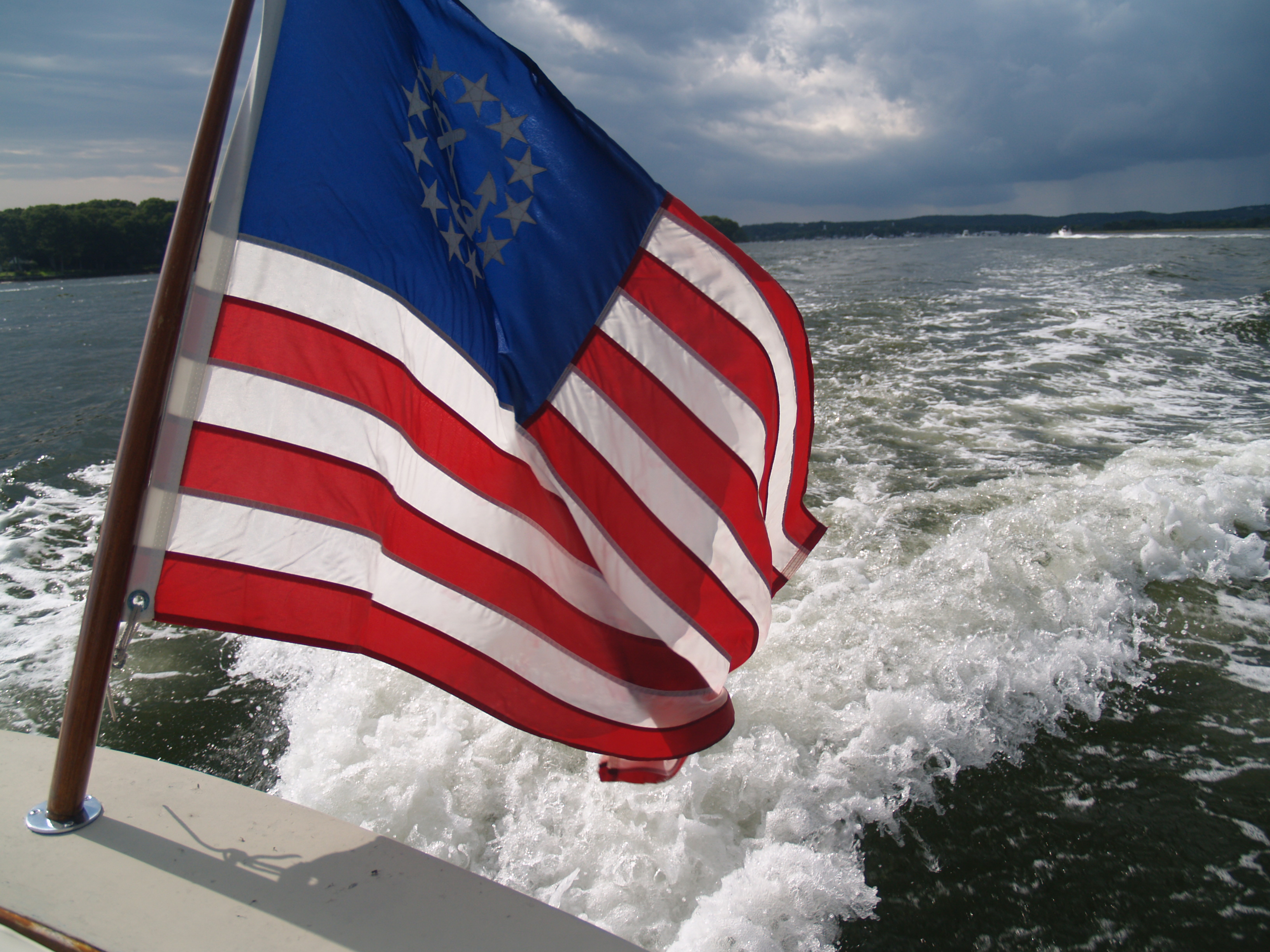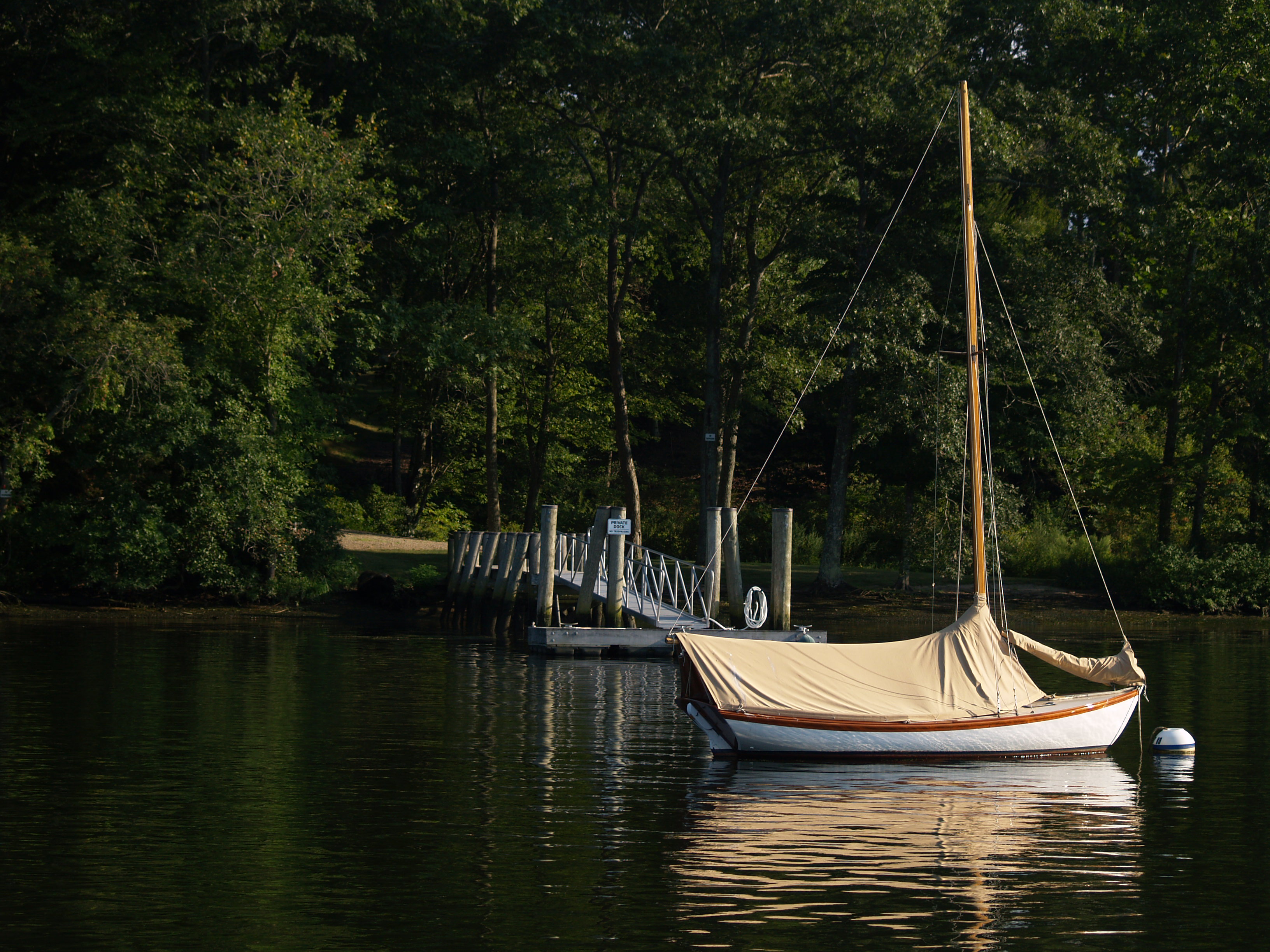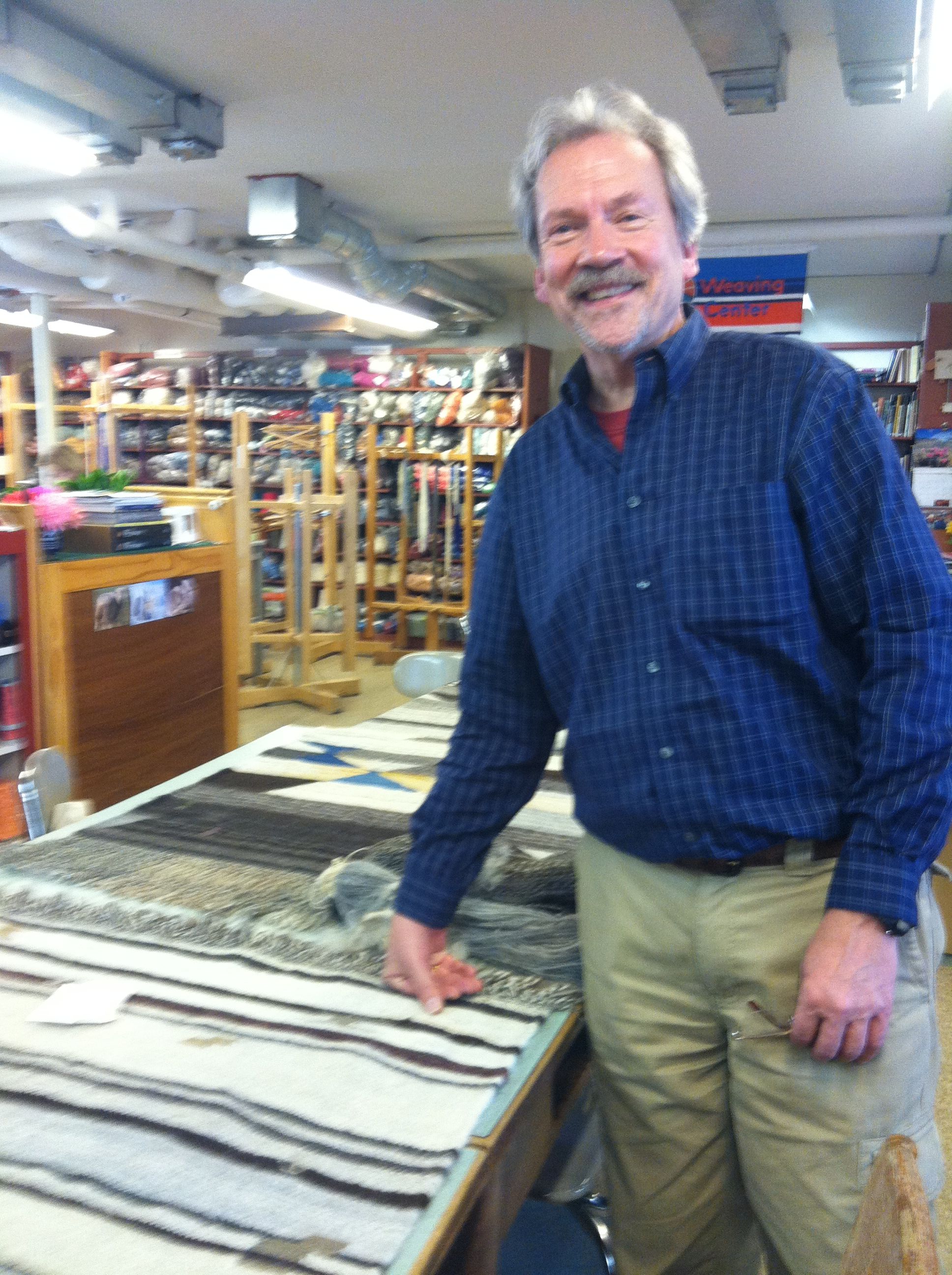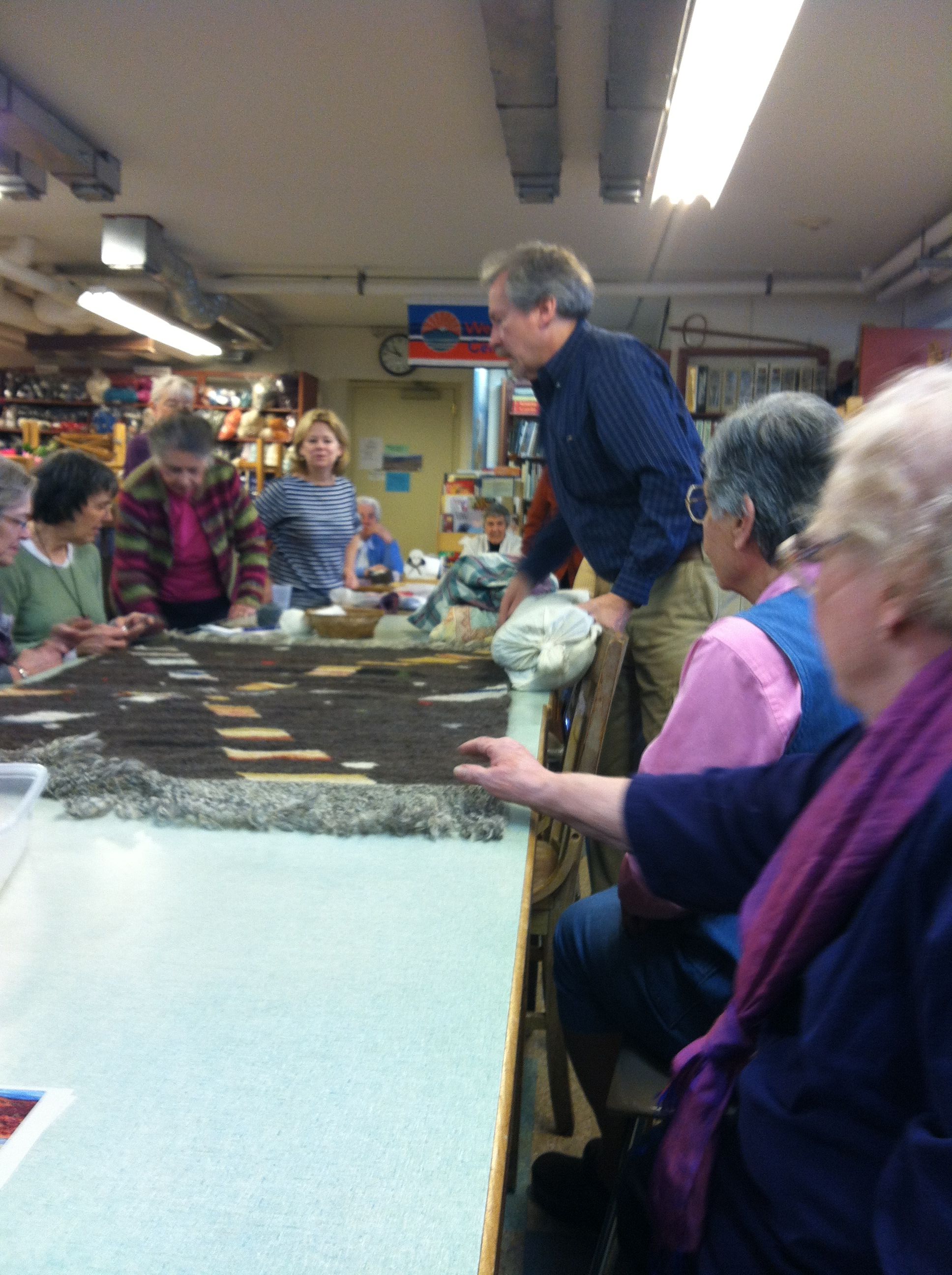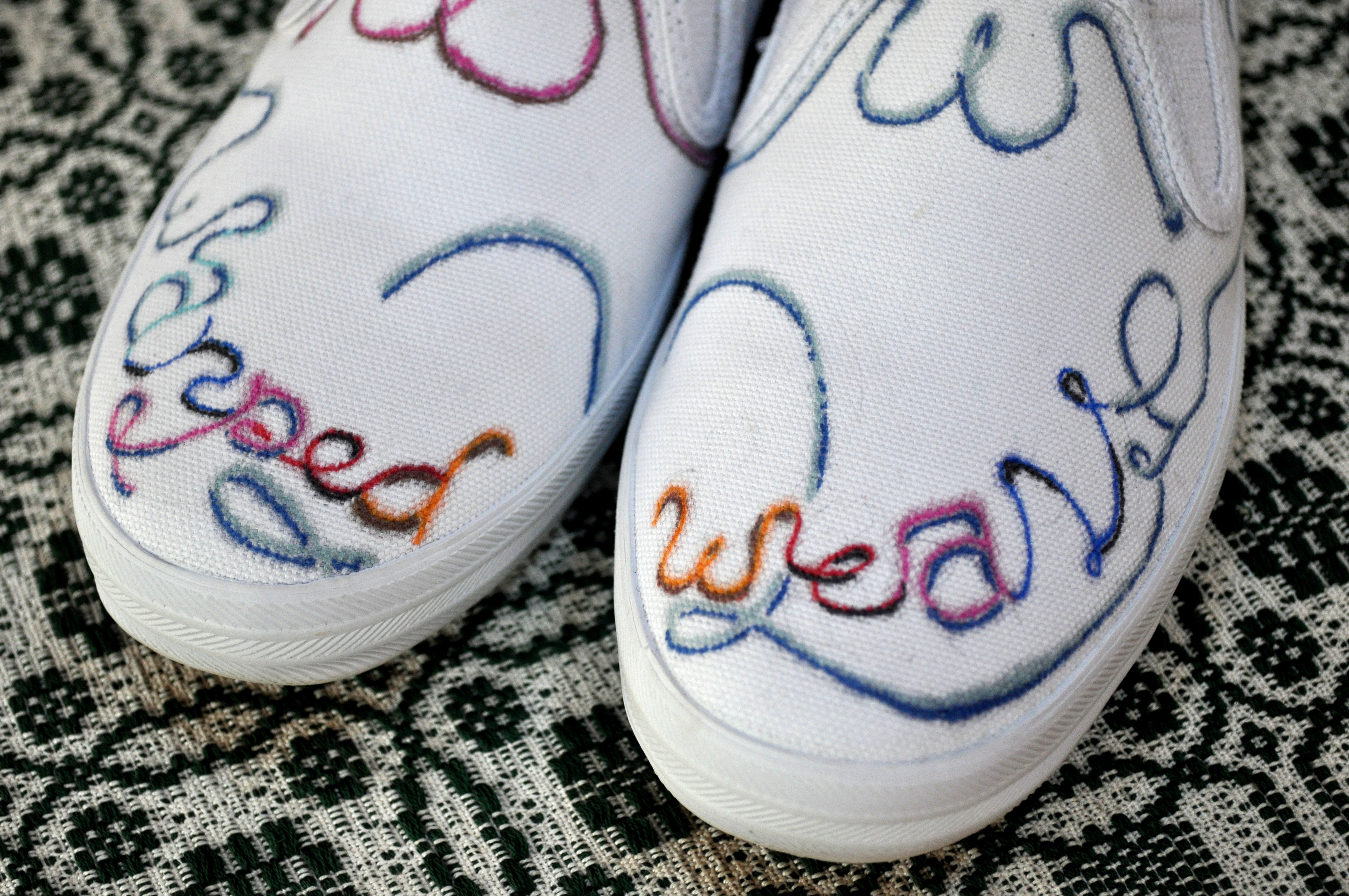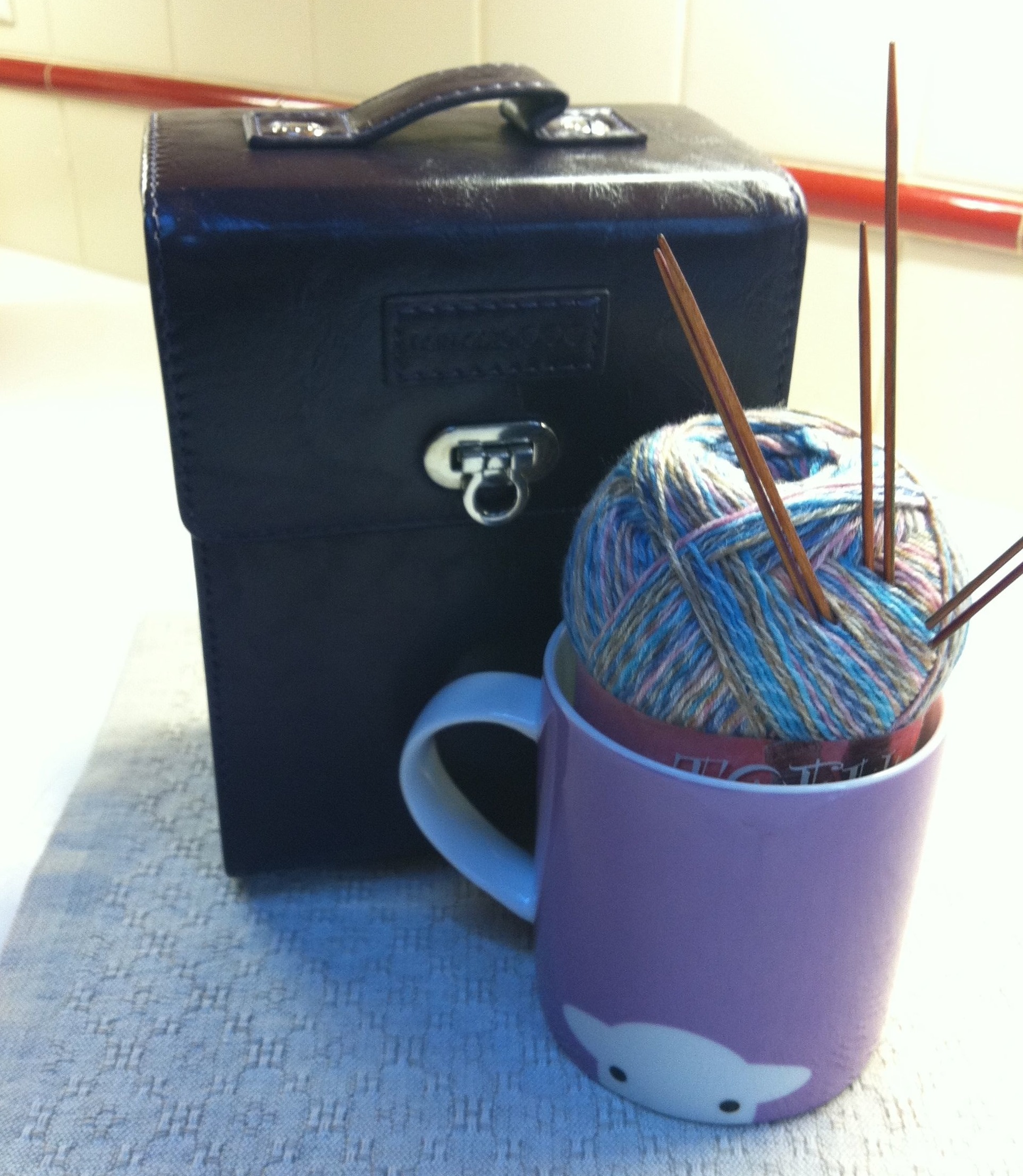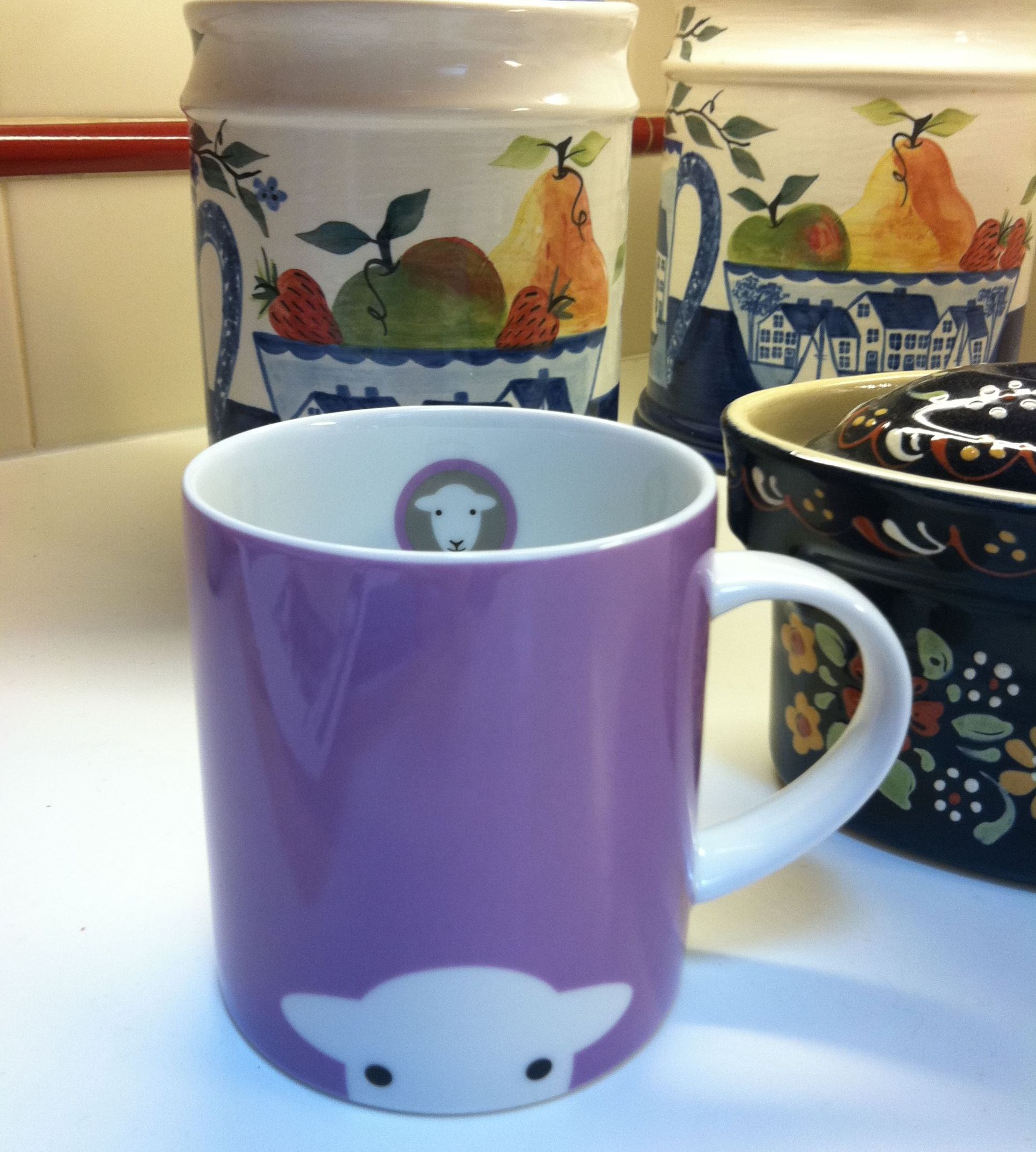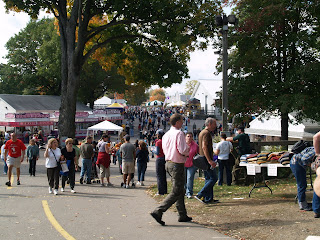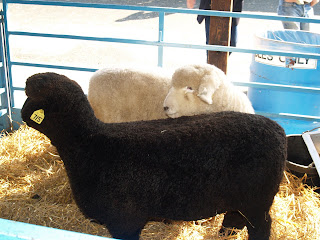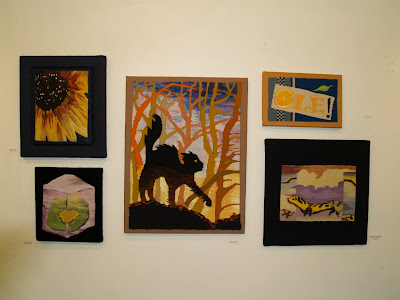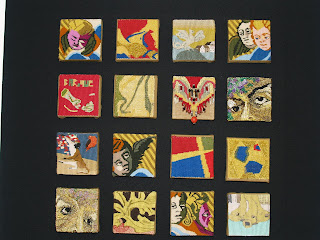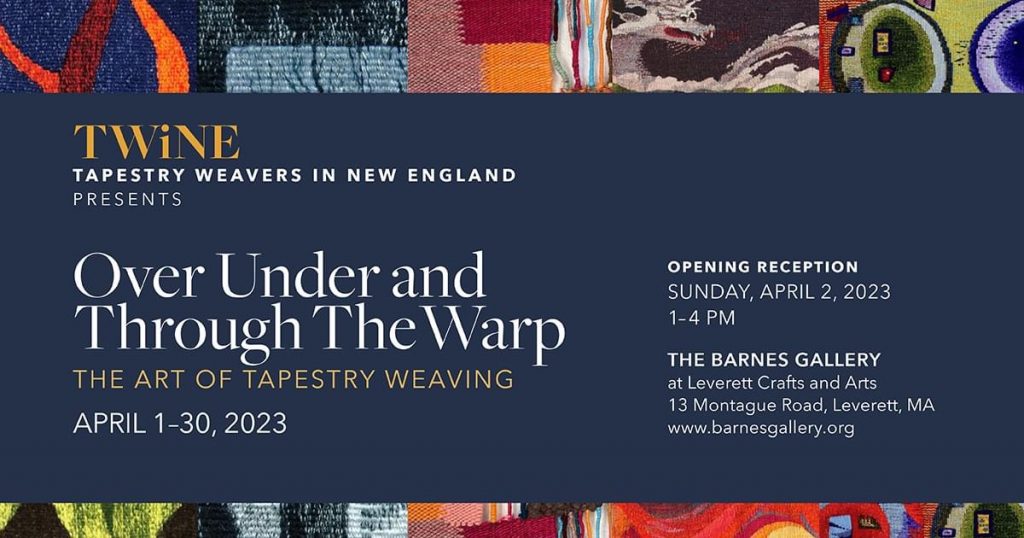This is quite a thrill for me to access my website and write a new post. This site has been ‘sick’ for about six months, and I have not been able to access it.
It would be quite an epic if I tried to cover all the things that I’ve thought about, done, and struggled with over the past six months, so I think my best option is to just tackle a few vignettes, starting with my trip to Italy in October.
I went to Italy for a natural dyeing and tapestry weaving workshop at La Romita, which is in Umbria. I asked some of my students if they’d be interested in joining me, and my weaving friend Jody decided to go. The two of us quickly made friends with two experienced natural dyers, Yonat and Kris, from California. Part of the workshop description was that we would meet local dyers and weavers, but there were no dyers on our list of day trips. We decided to skip one of the trips and rent a car together to drive north to visit the workshop of Elena Villa in Castiglione del Lagos, a walled medieval town on the shore of Lake Trasimeno, where she sells her hand-dyed yarns and various finished items, like knitwear and dyed scarves.
We’d been warned that we’d probably have to take a car with manual transmission, and since I was the one who’d most recently driven standard cars, the driving fell to me. It had been about two years since I’d done that, although I’ve driven standard transmission cars for most of my driving life, so I was a bit nervous. A strange car with a standard transmission in a foreign country–but as luck would have it, we got a big American car with an automatic transmission. I have a sense that it was because Valerio, who took us to the Avis agency in Terni, pleaded our case with the staff there.
The trip was a cinch with Google maps, and we all had a terrific day. I think we were the biggest car on the road–not my first choice!
And here we are! Elena opened her shop for us that day although she is normally closed on Thursdays. Lucky for us.
Elena is in the foreground, with Kris (R) and Yonat (L) looking through yarns. Can you imagine how much we were swooning over all these wonderful items in such stunning natural colors?
Elena’s husband took a wonderful memento photo with the lake behind us. It was such an exciting experience to meet her and to see her work. Elena recommended we go to a certain restaurant before heading back to La Romita.
We left feeling inspired and ready to create things with the yarns that have such lovely blended gradations of color, as only natural dyes give. I found a whole shelf of merino yarn fine enough to use in tapestry.
The colors are:
- Solidago (golden rod) a bright gold on the merino yarn and softer yellows on the three scarves
- Solidago with “Robbia” (madder), the salmon/orange
- Solidago with “Cipolla (onion), the orange/rust/yellow/gold/green variegated yarn.
- Fitolacca (pokeberry!), which is havested more than once from spring through late summer, giving different colors as the season progresses.
- Noce (walnut, although I don’t think walnut trees grow in Italy), medium, warm brown.
- Galle di Quercia (oak galls), medium grey. I bought three skeins of this because I thought it would be a great neutral.
Lunch was another rare surprise for the day. When we entered the dining room we discovered the terrace overlooking the lake. Beautiful!
It’s so rare to have photos of myself because I am usually behind the camera. The photos that include me were all taken by Jody. It’s great to have a record of being here. Here is our terrace lunch with a view of Lagos di Trasimeno.
It was a magical day, the best any of us could have imagined. I bought some fiber from local Appeninica sheep that Elena had dyed with golden rod. I didn’t have a spindle with me, so Elena went home to get one of hers and delivered it to me while we had lunch. I will never forget that! Now I have to think of something remarkable to do with this yarn.
I spun this wool on both the spindle I got from Elena and, once home, on my Nano 2 e-spinner. The spindle spun yarn is on the right and is finer and more loosely spun than the skein on the left which is I what I spun on the Nano 2. I plied both these skeins on my folding Lendrum.
I just read about Appeninica sheep on Wikipedia. They are a modern breed, first established in 1970s, and based on quite a few other breeds. They are raised mostly in Umbria and Tuscany and were bred to do well in the Apennine mountains. Their wool is considered medium/coarse. That was not my impression of the roving I had. Perhaps the golden rod softened it a bit. Who knows?
It’s exhilarating to travel, and even more so when we can branch out and explore the exact thing we are most interested in experiencing. The four of us became good friends during the workshop, and we feel we made a great connection with Elena and her stunning shop.








